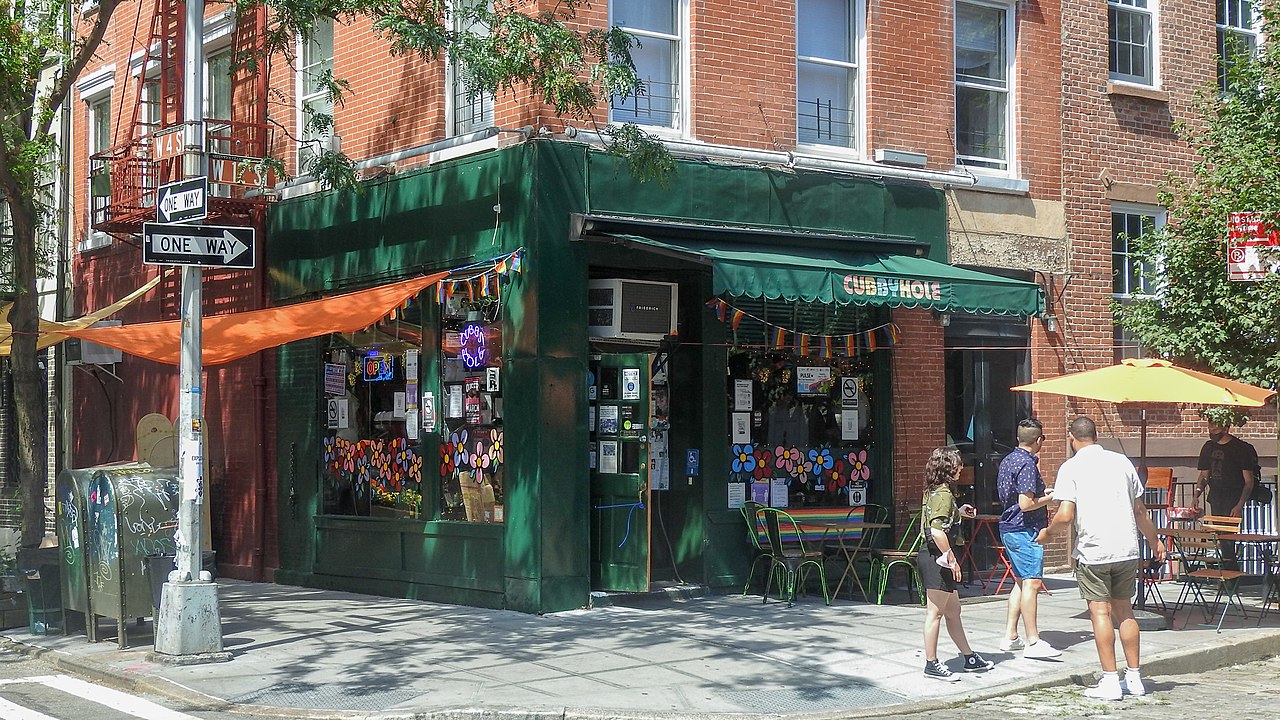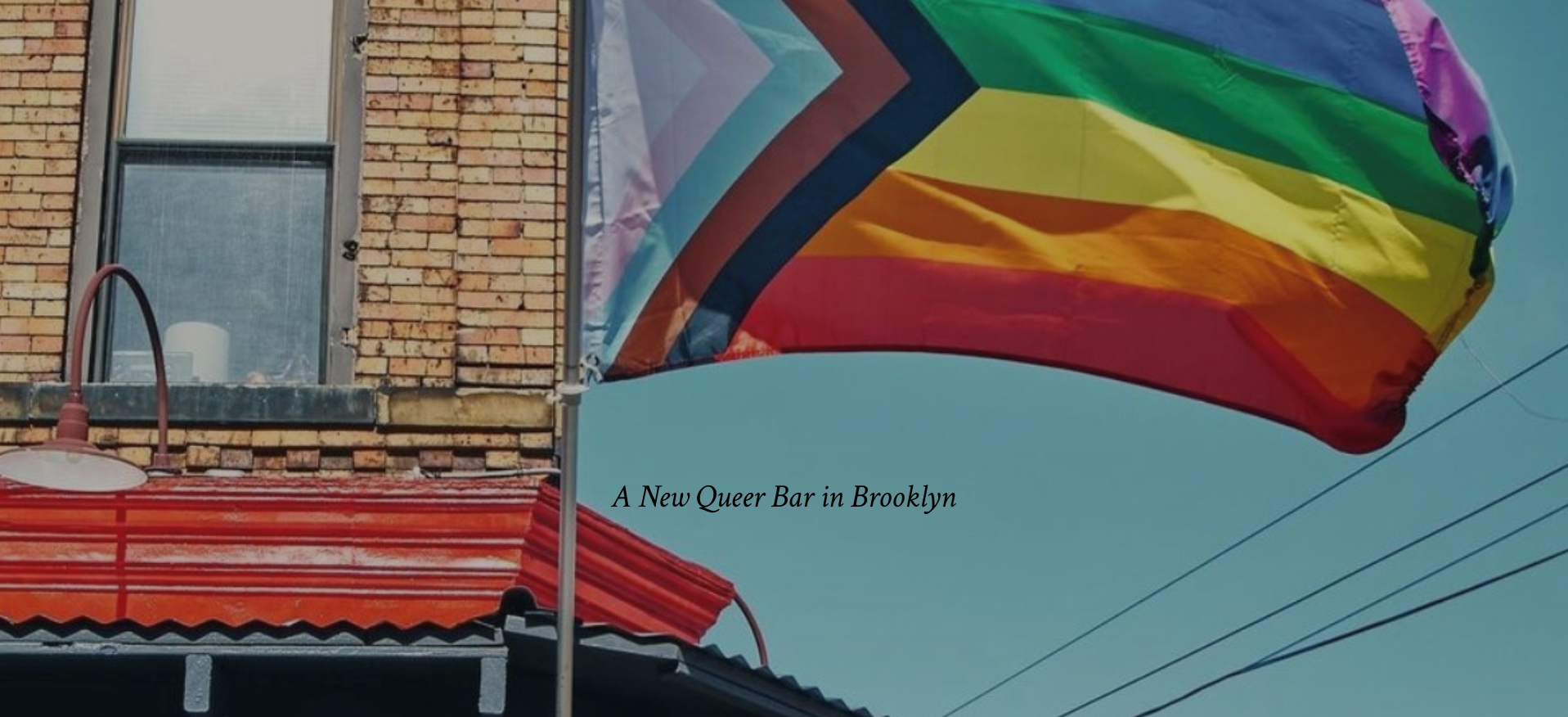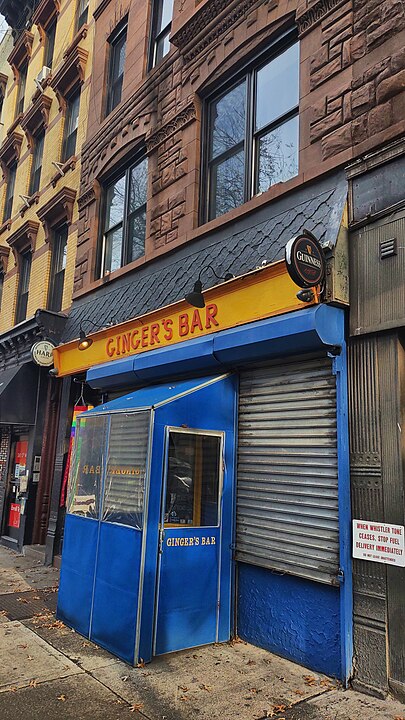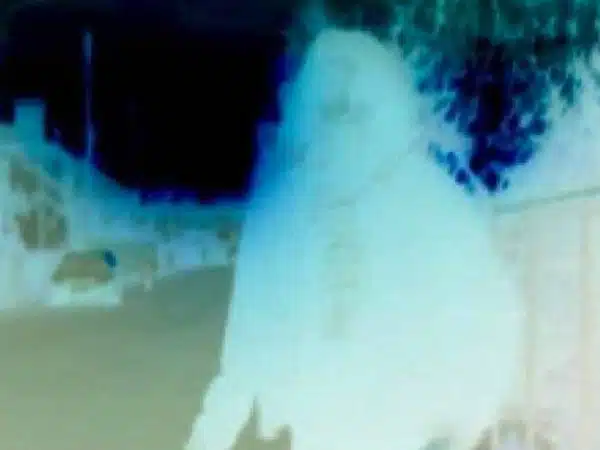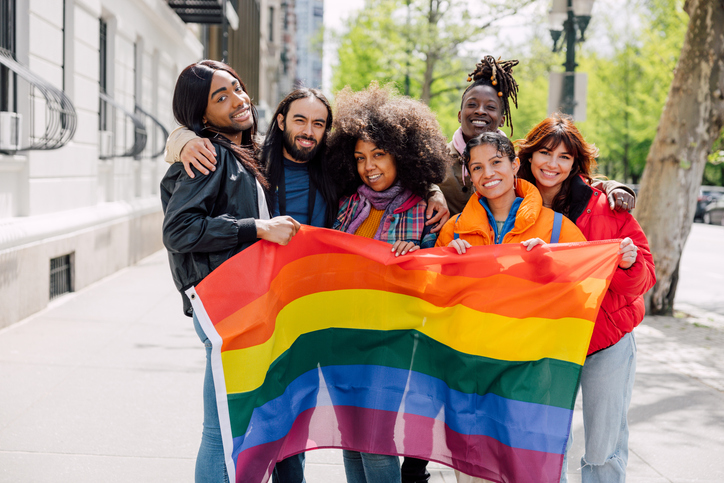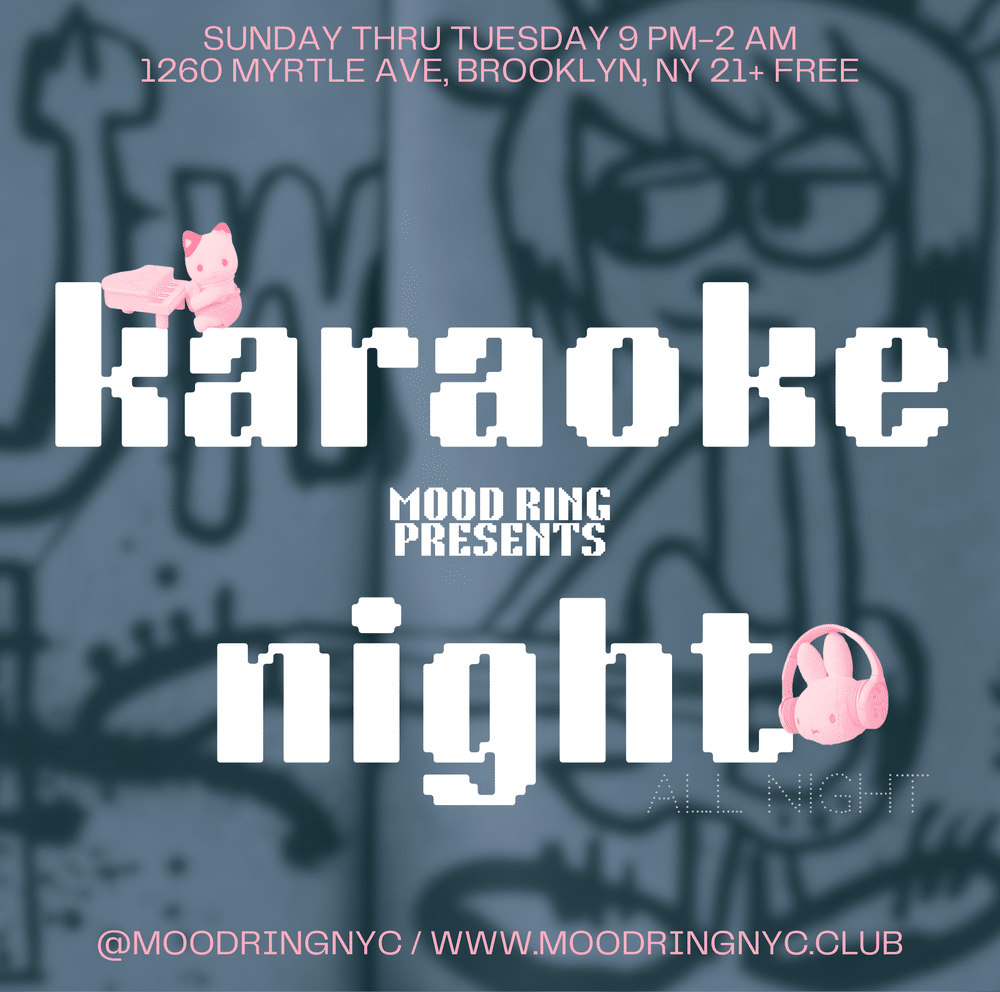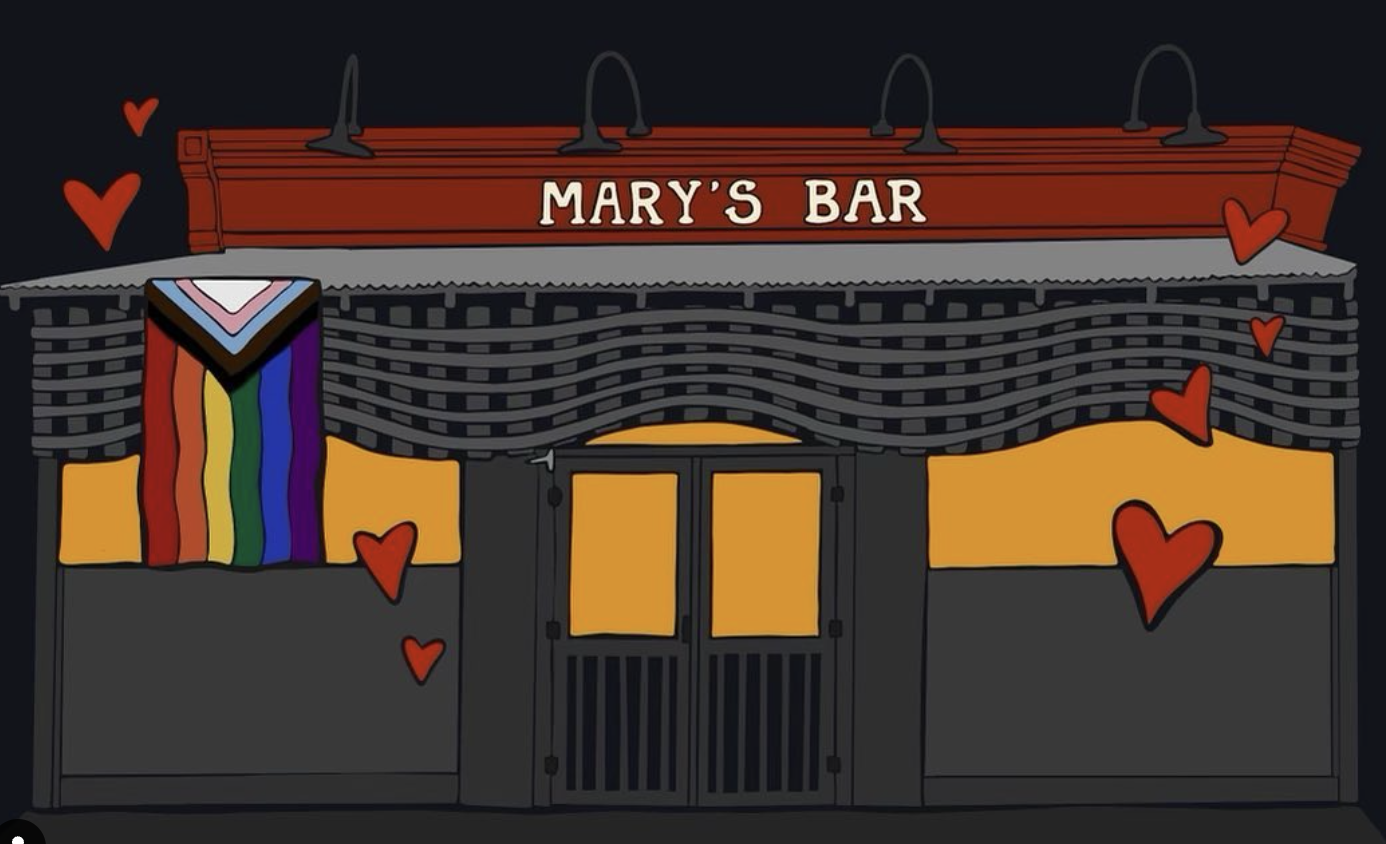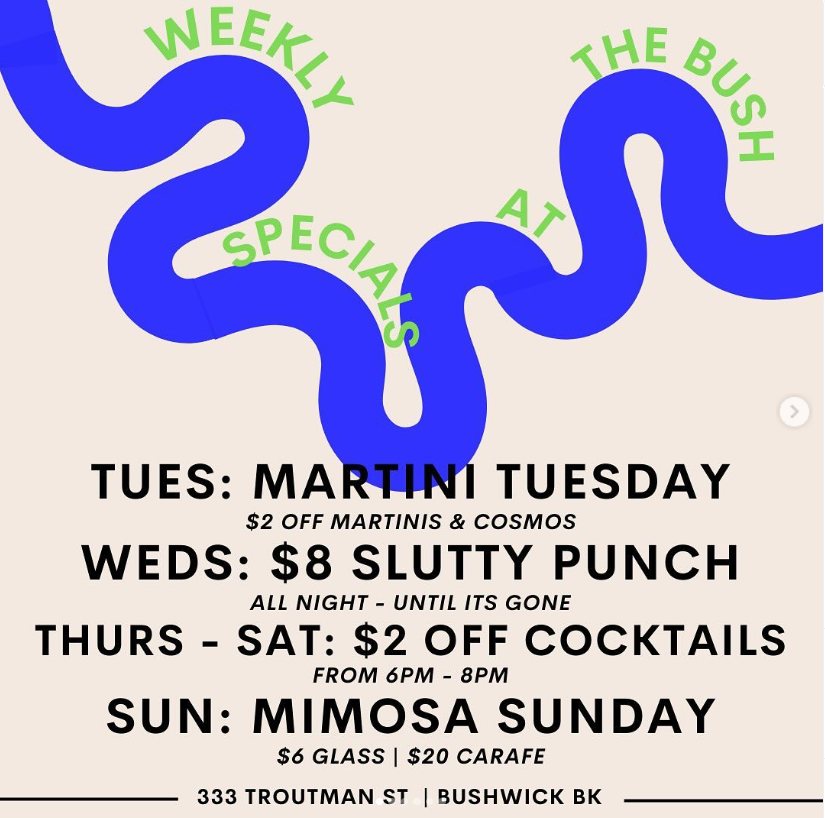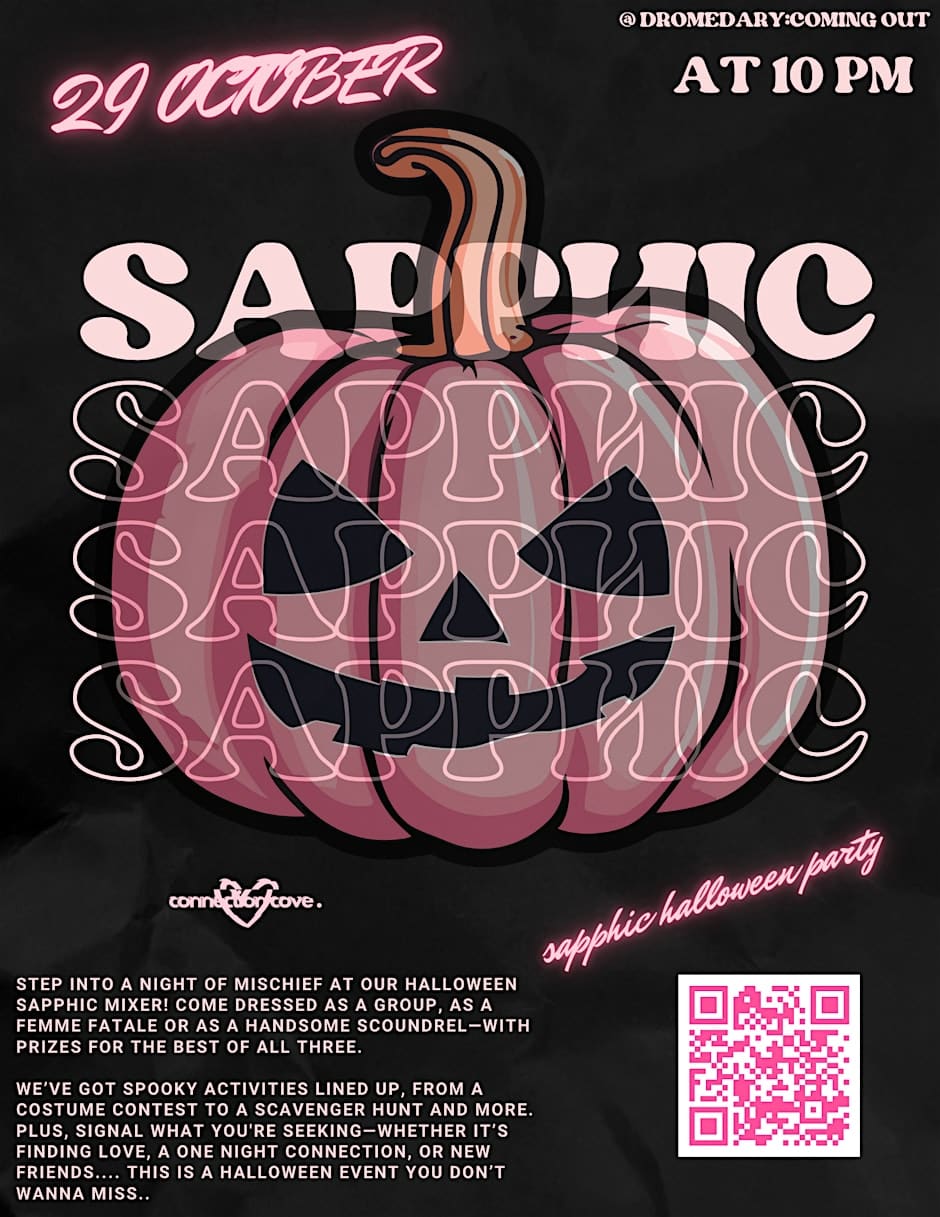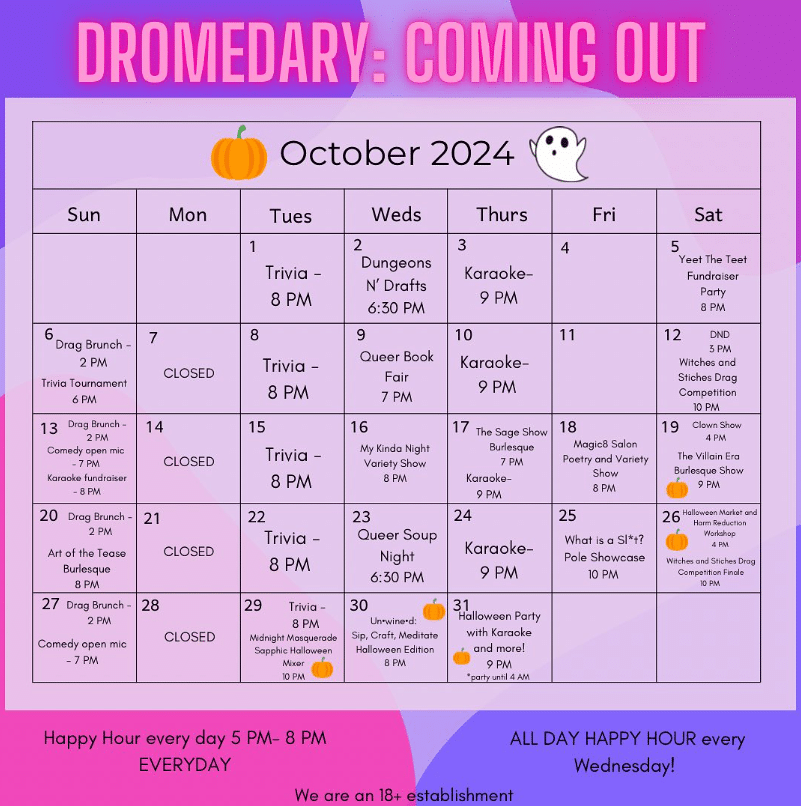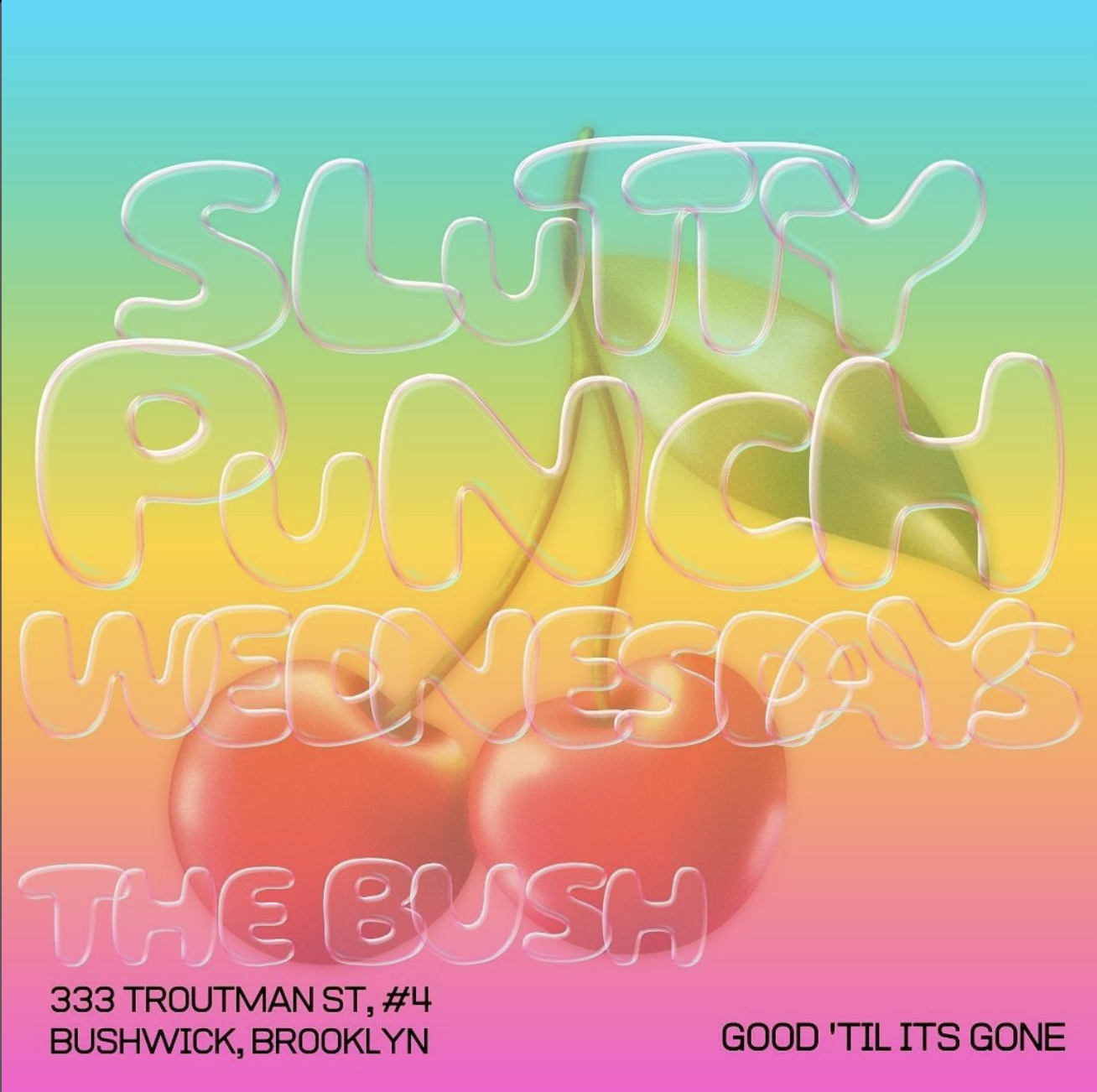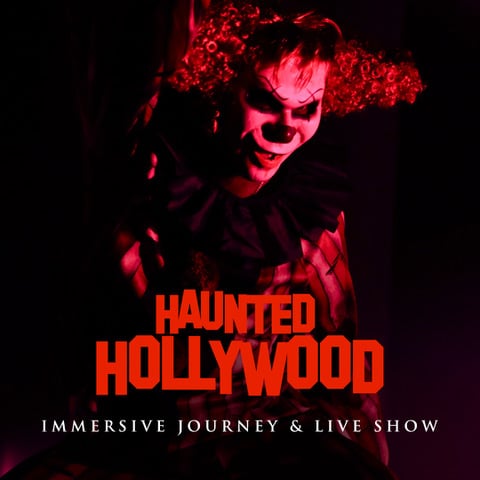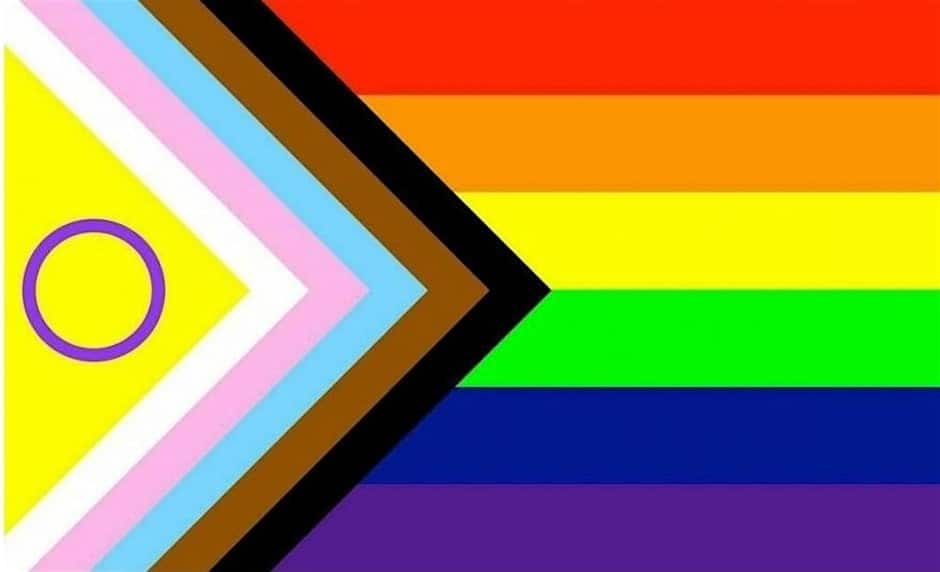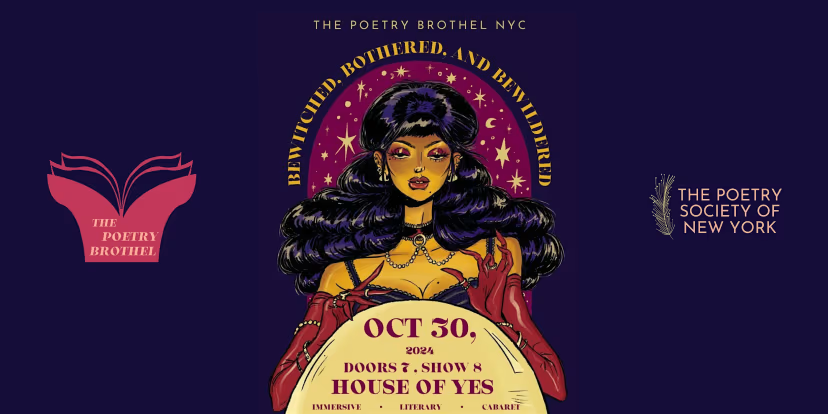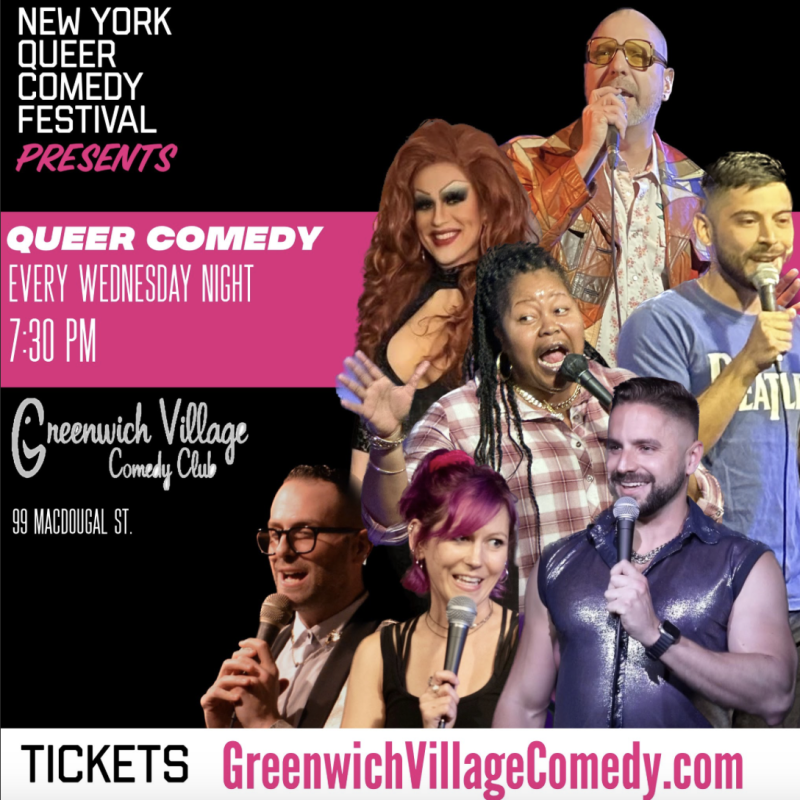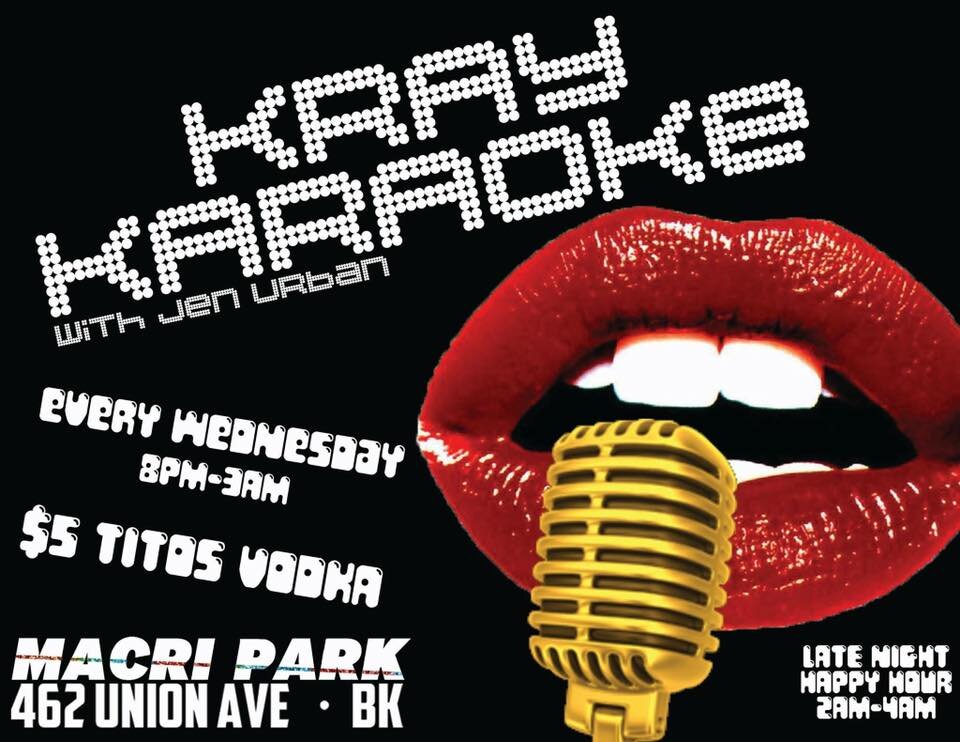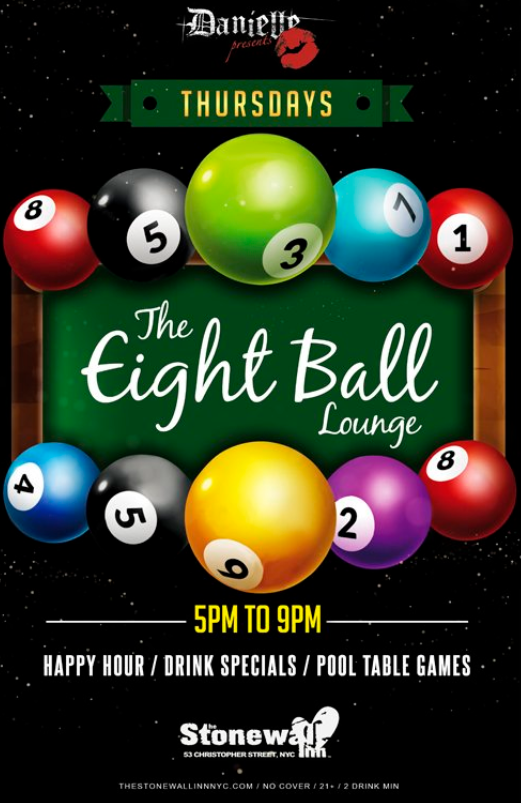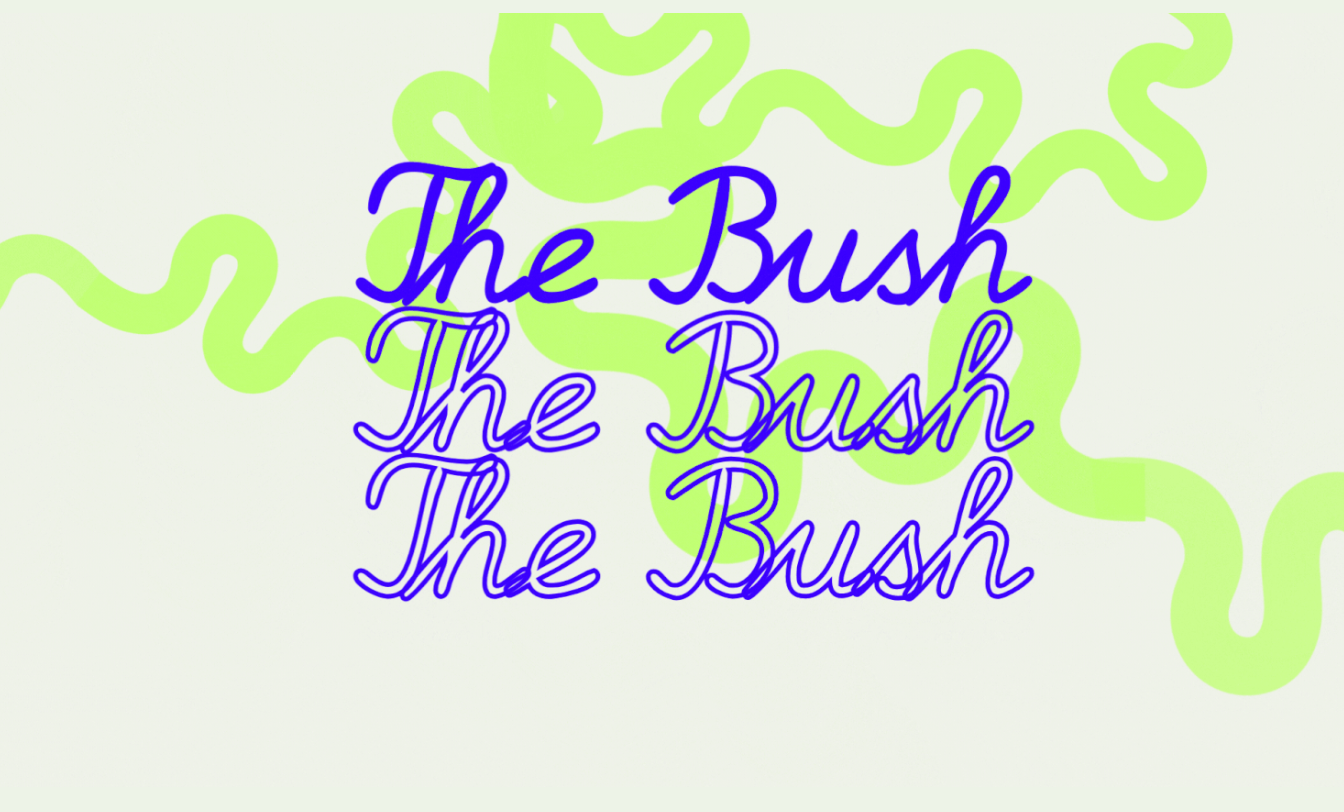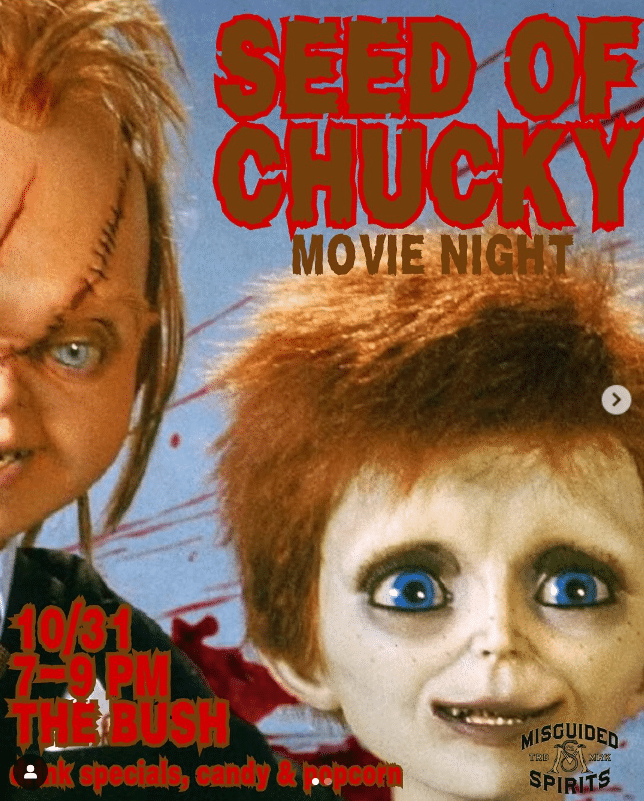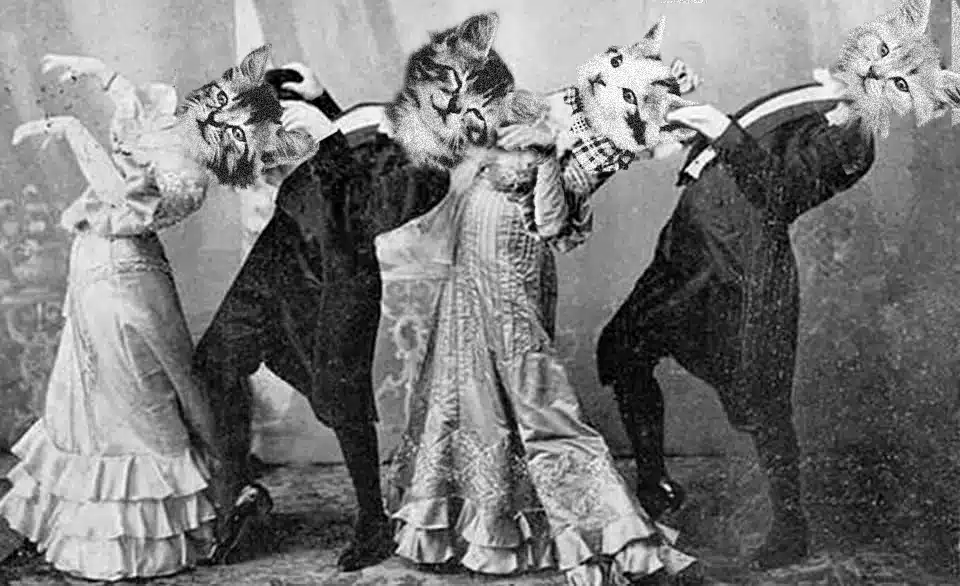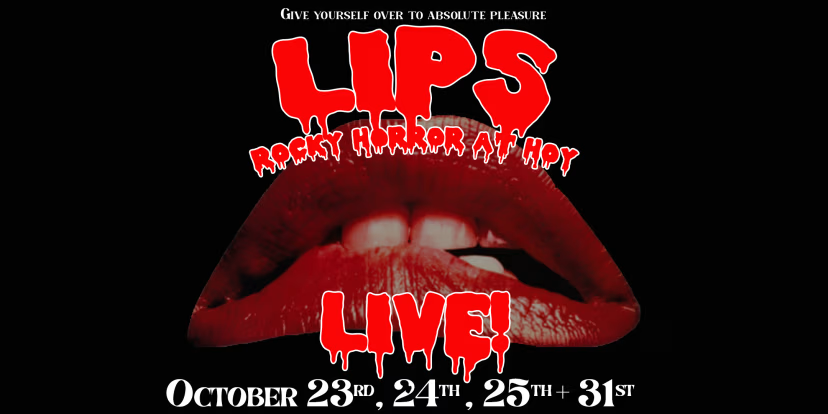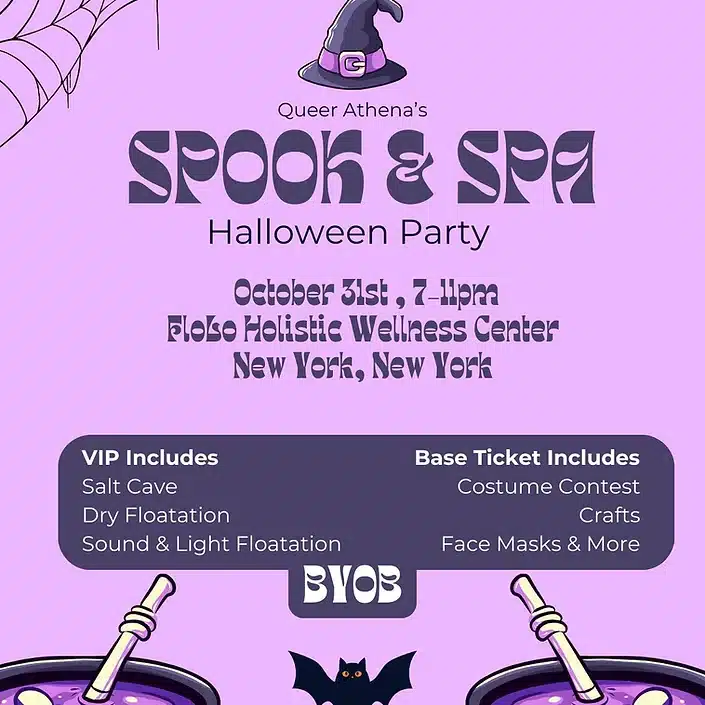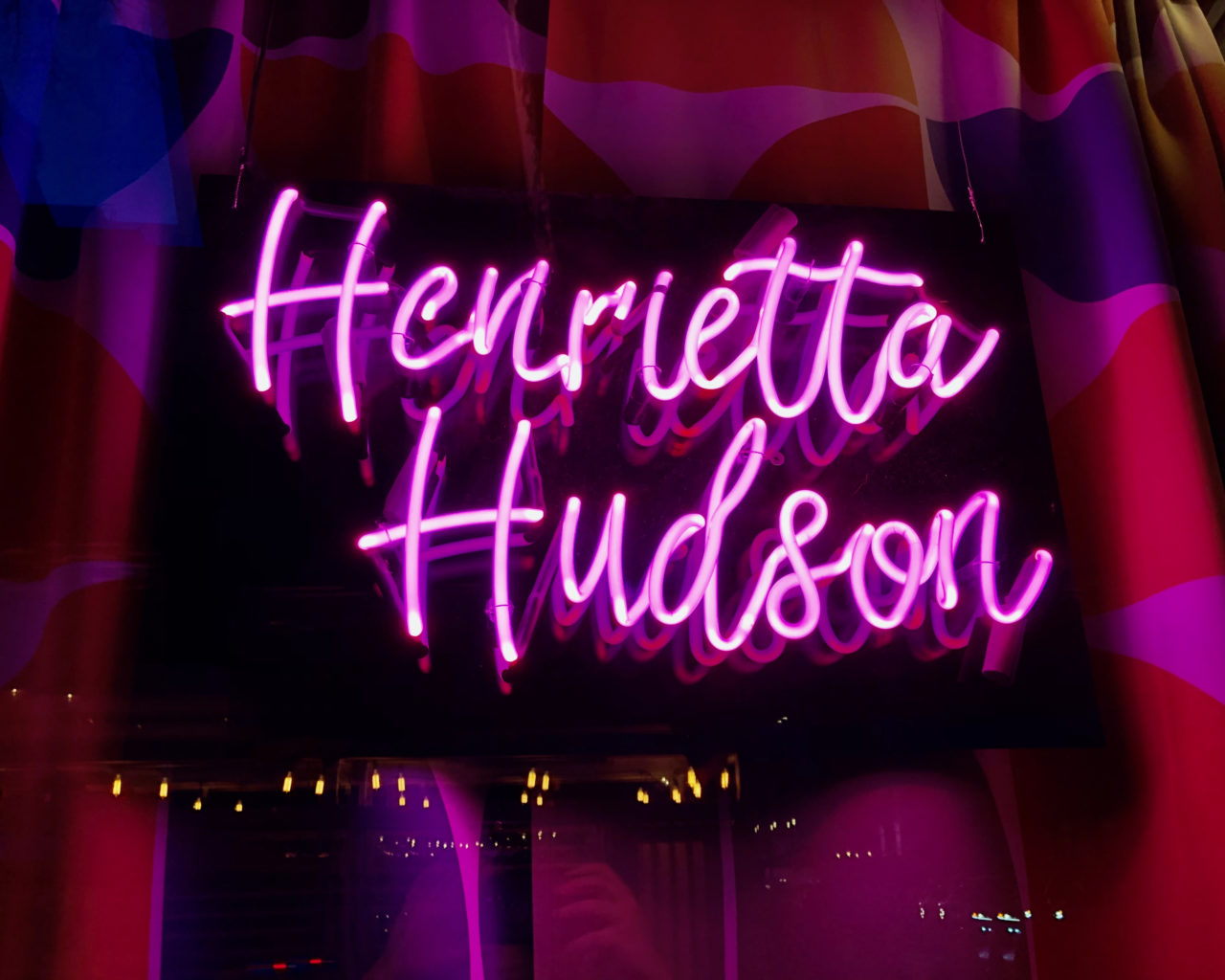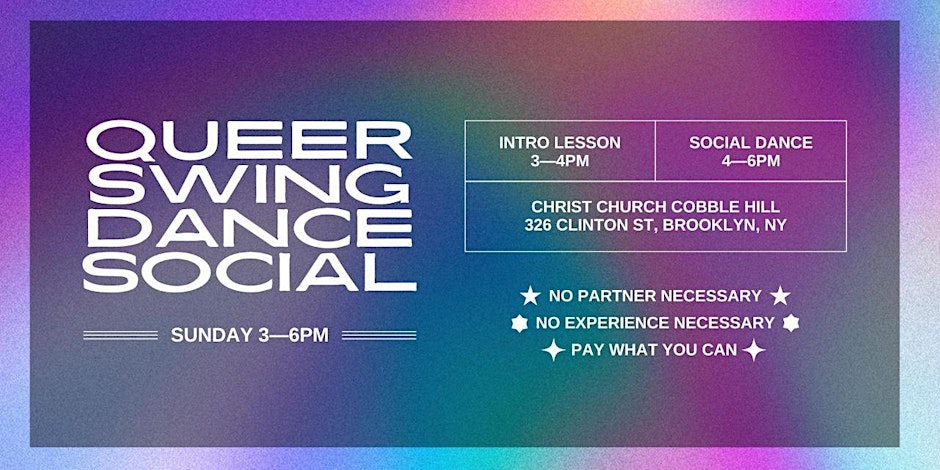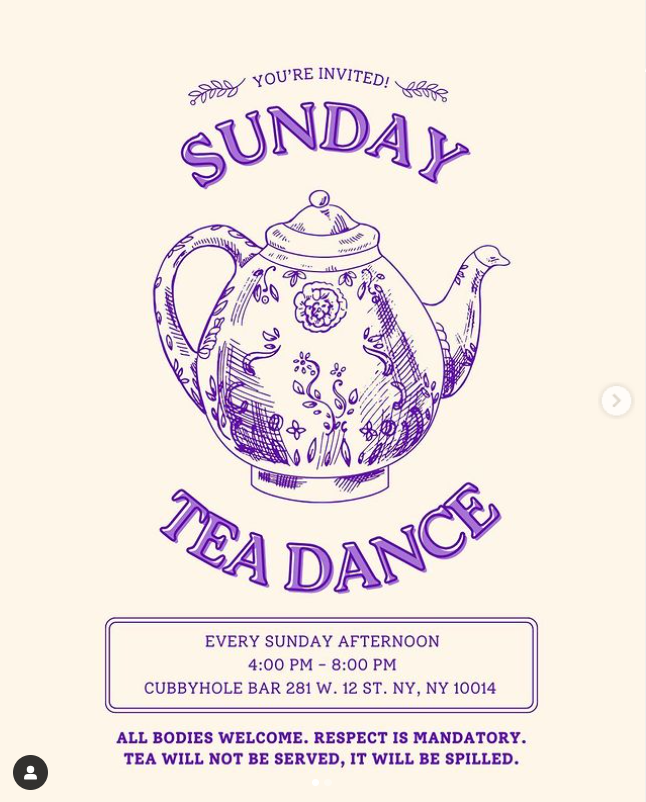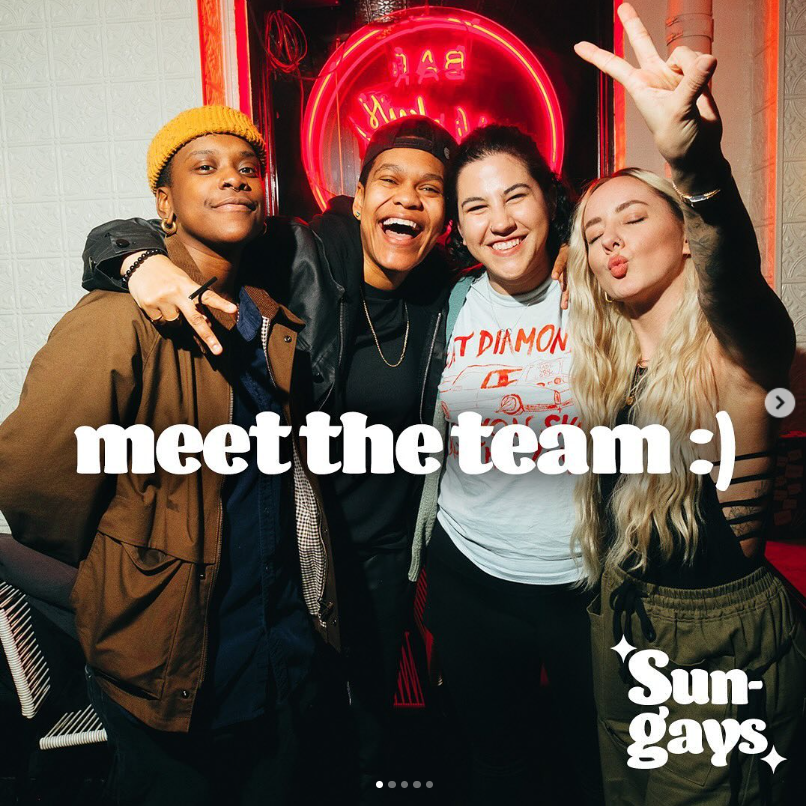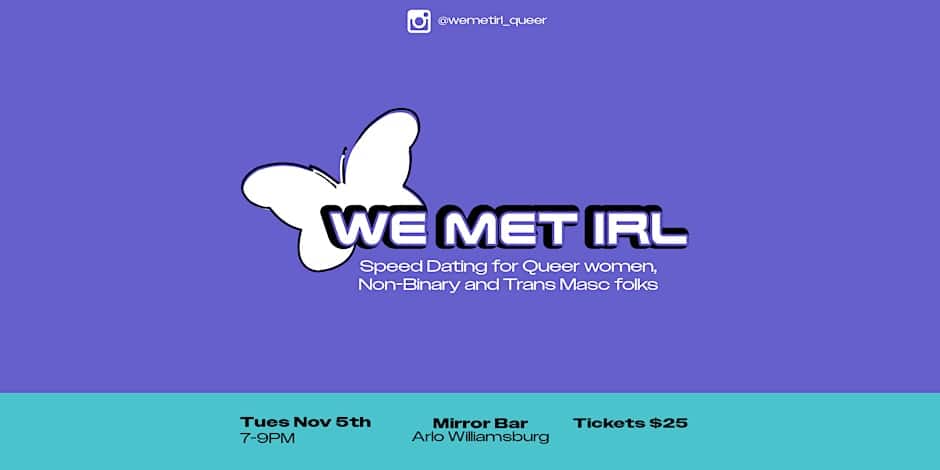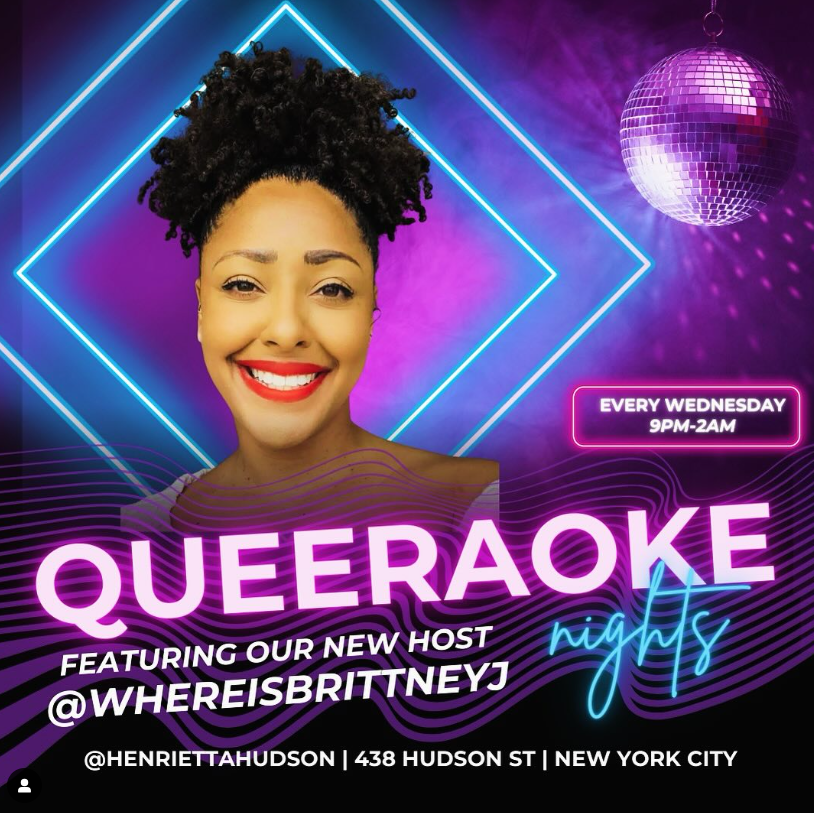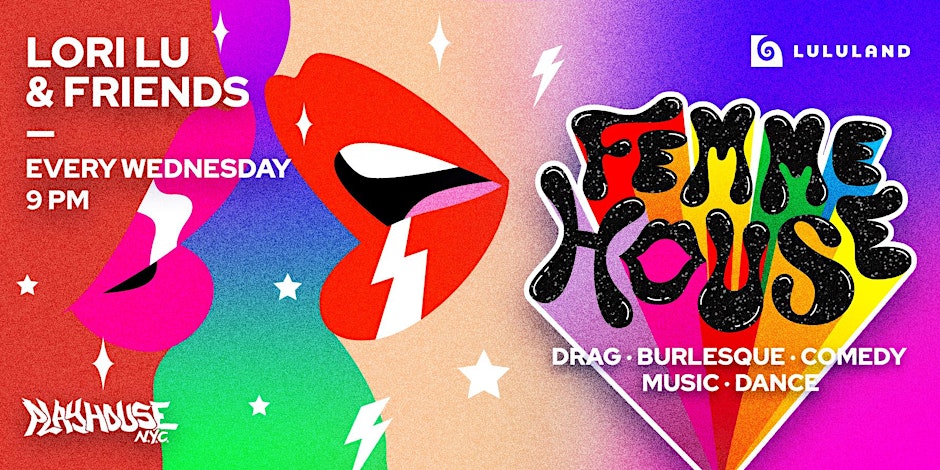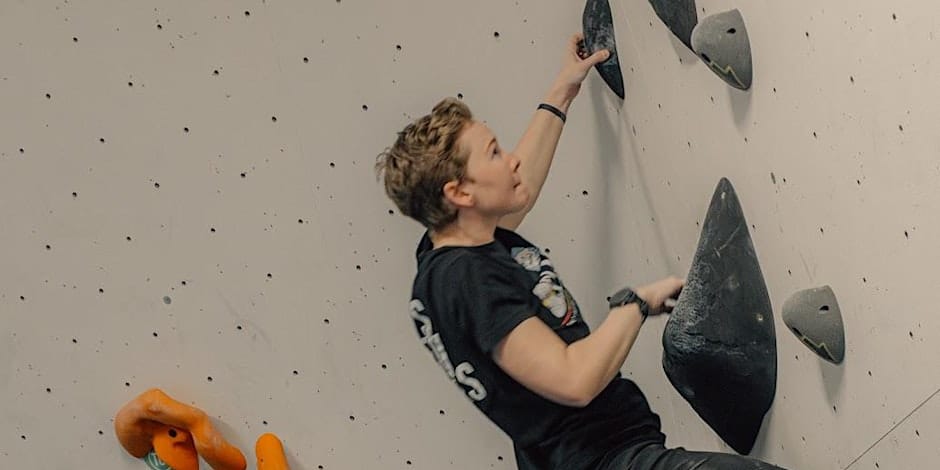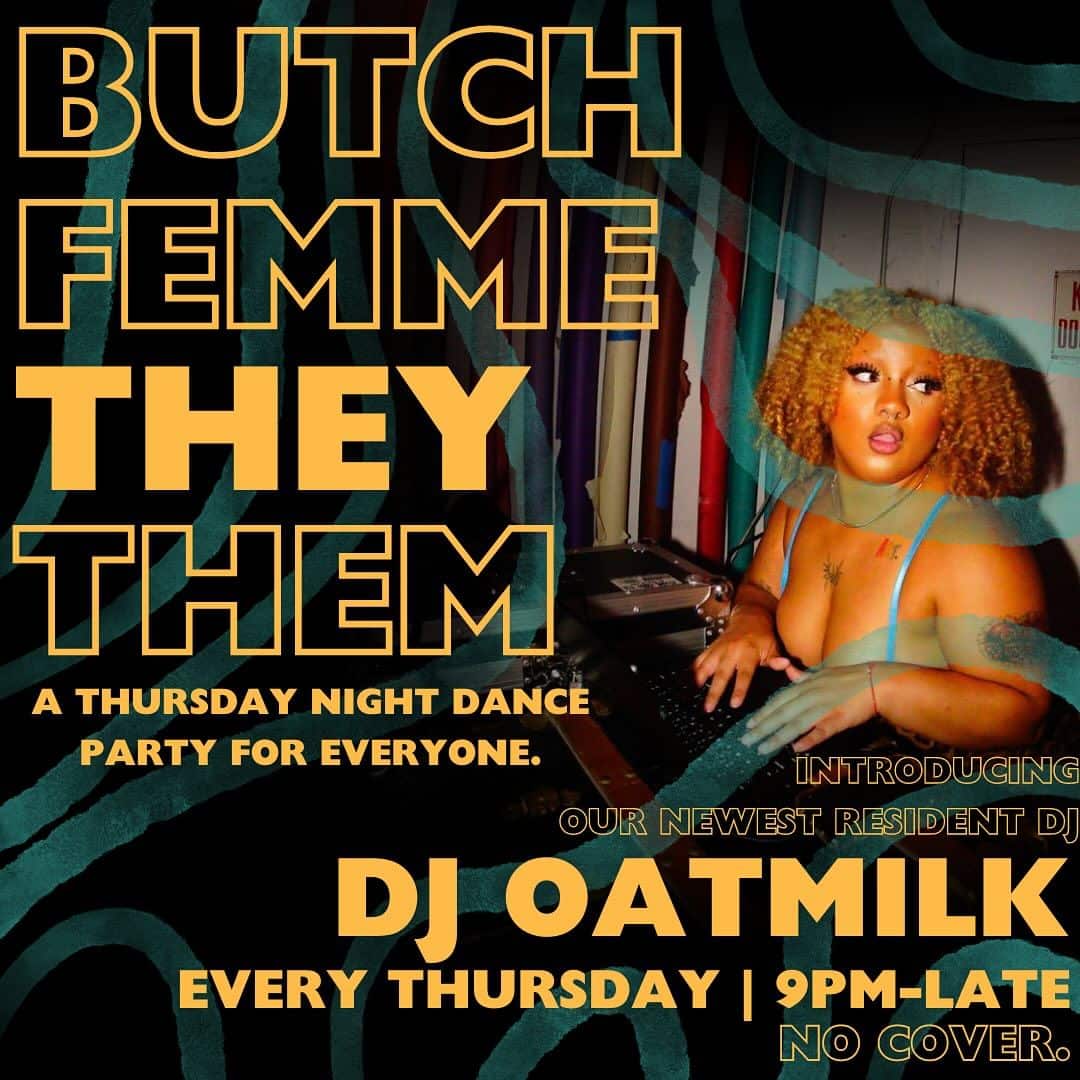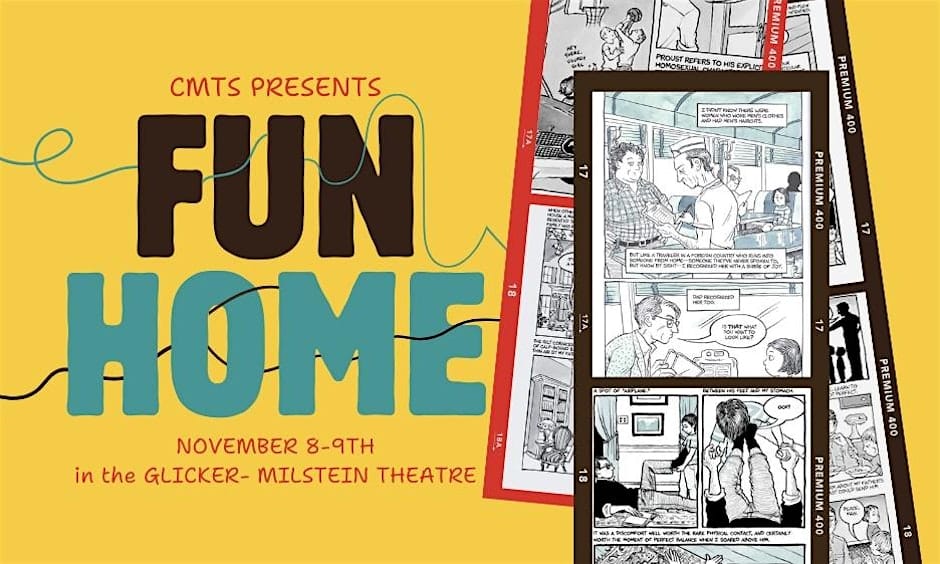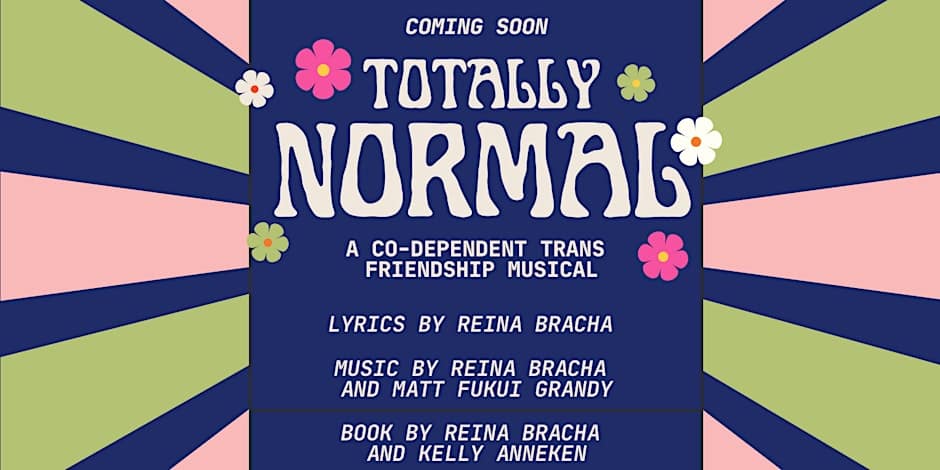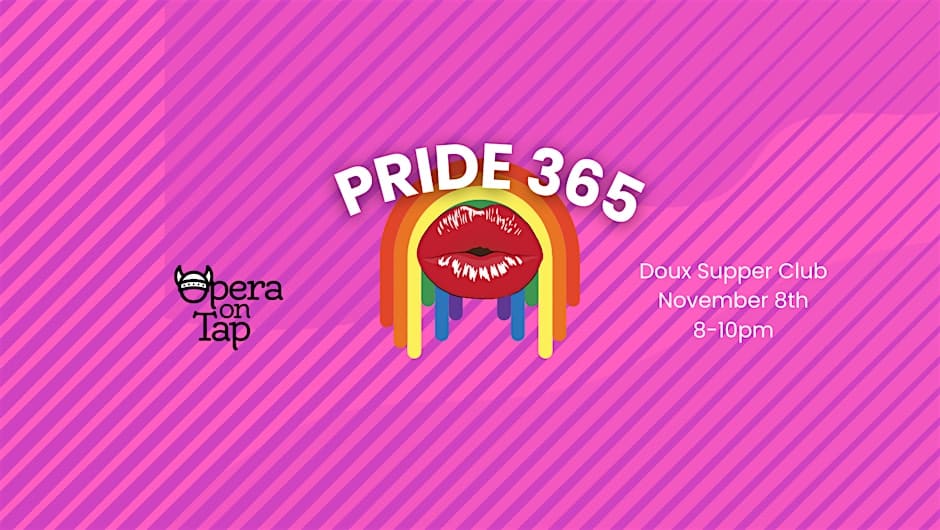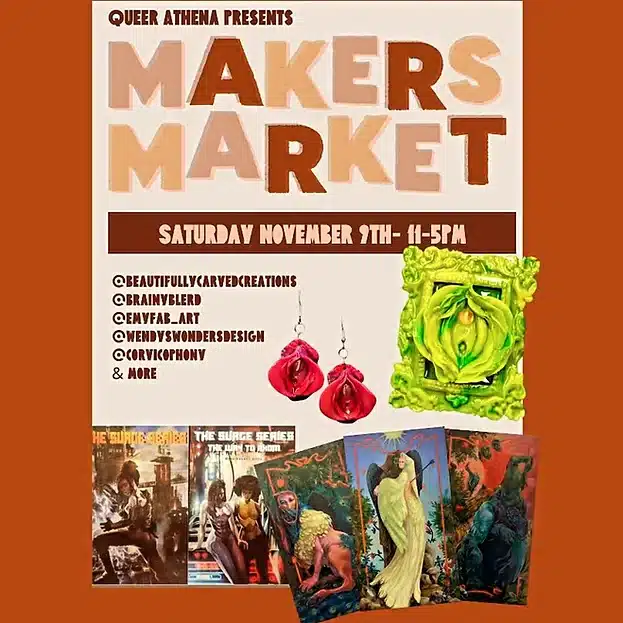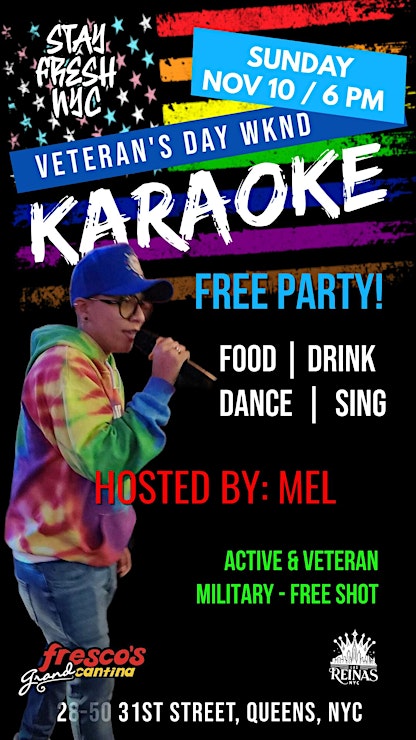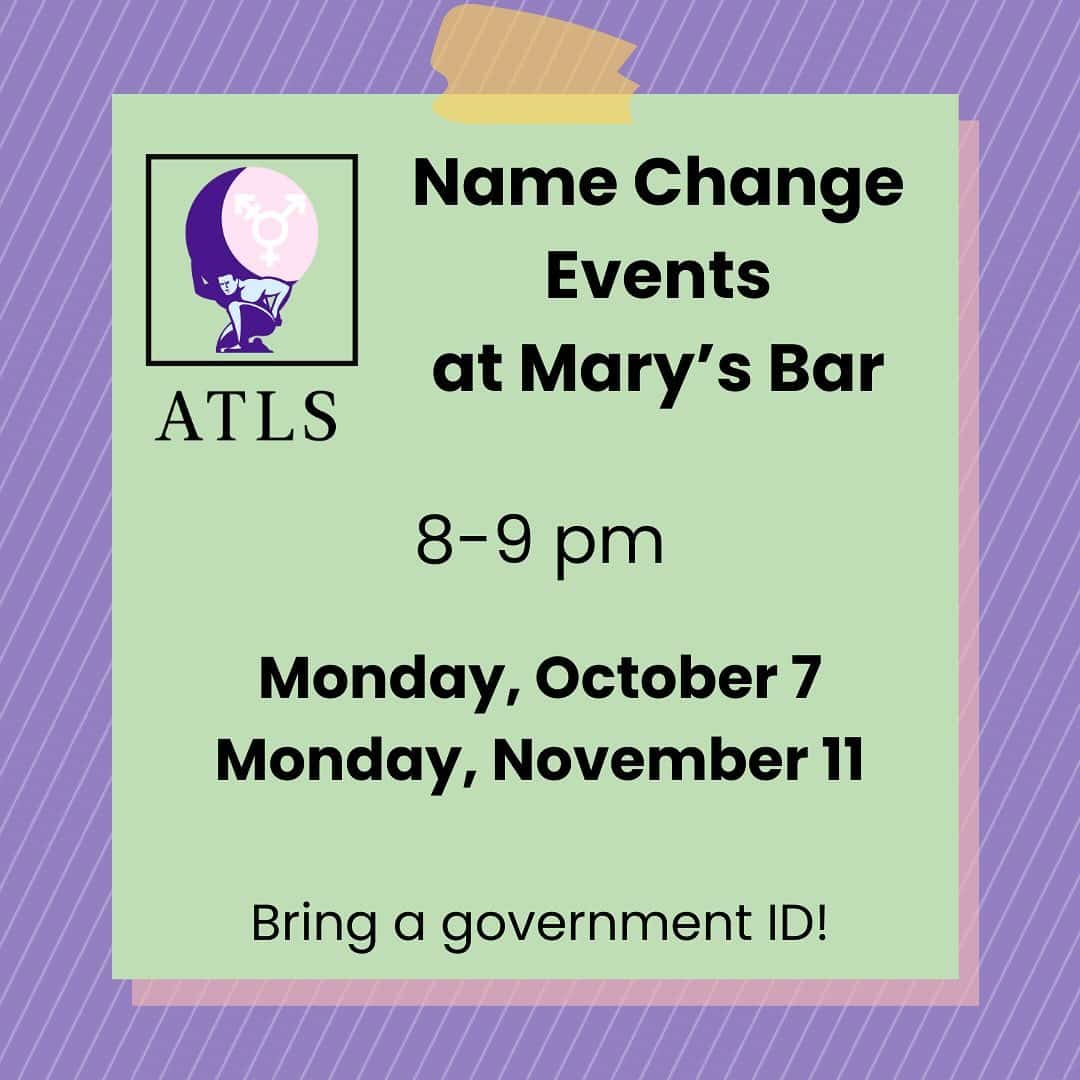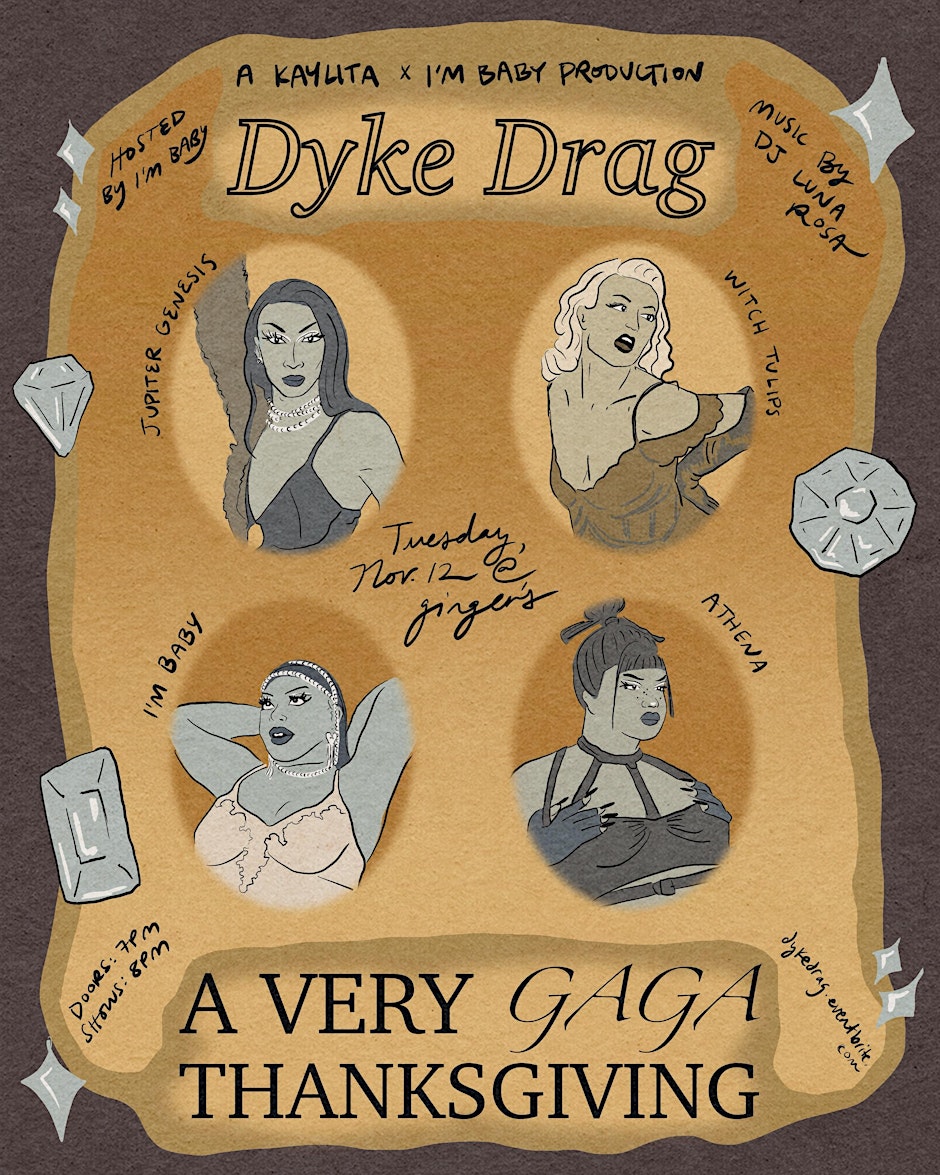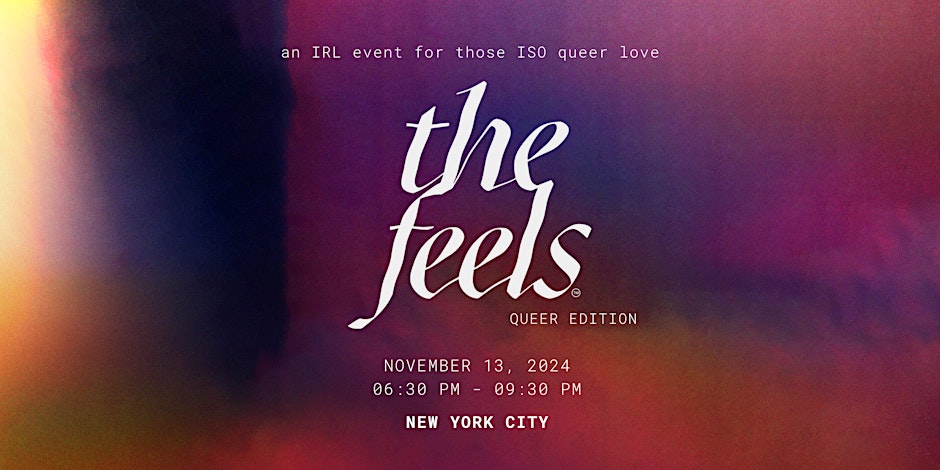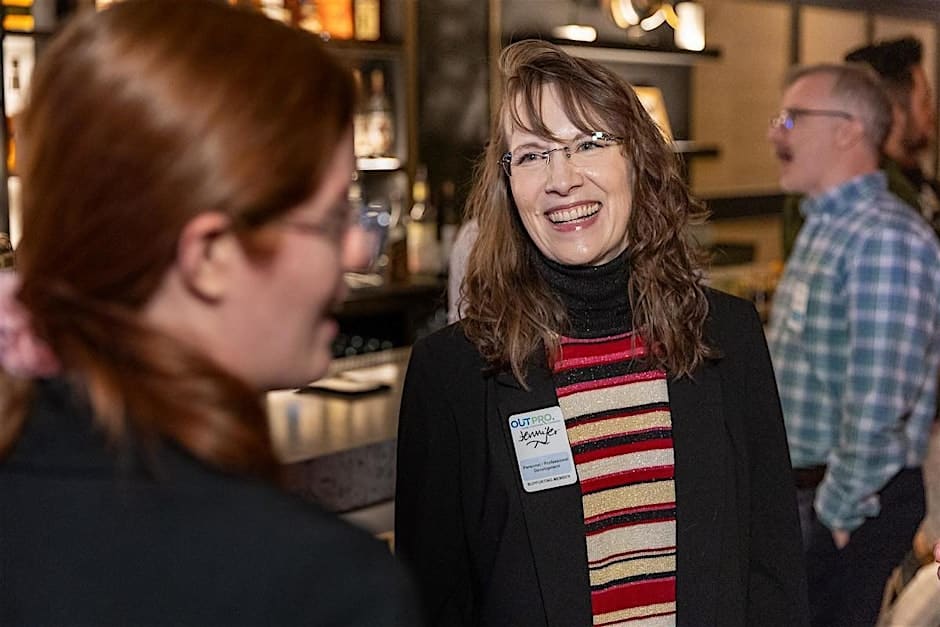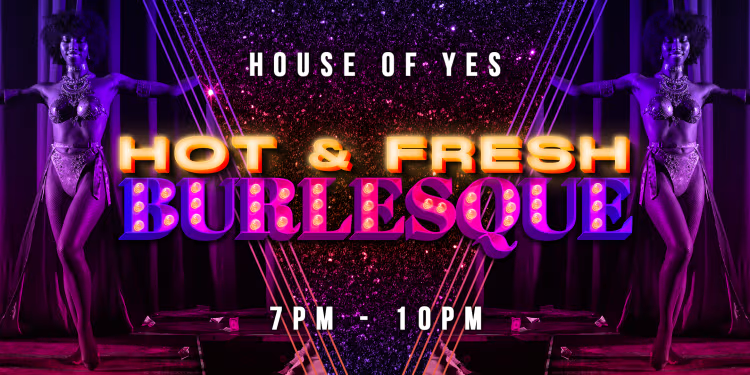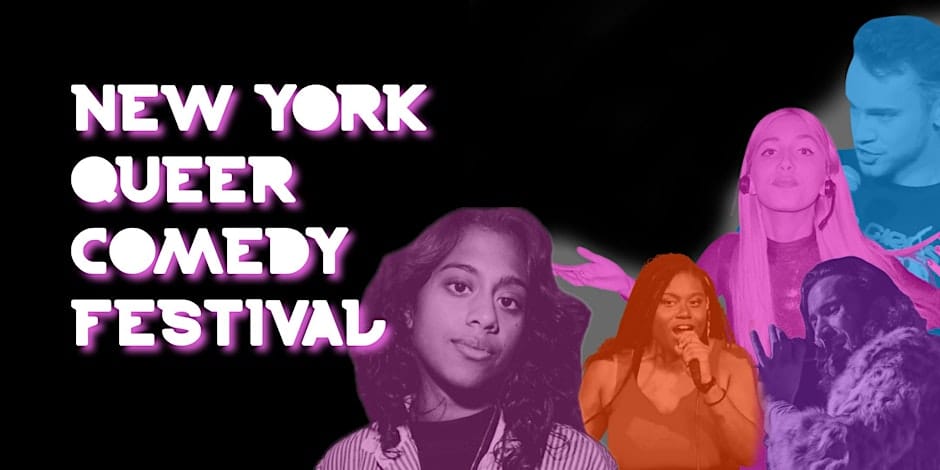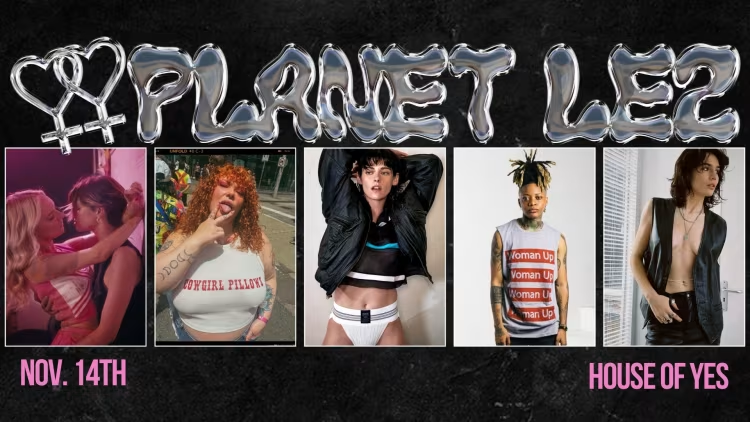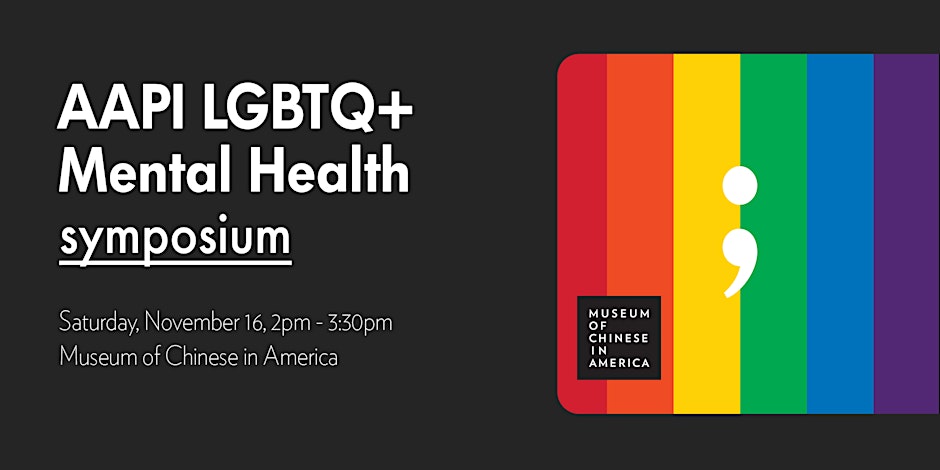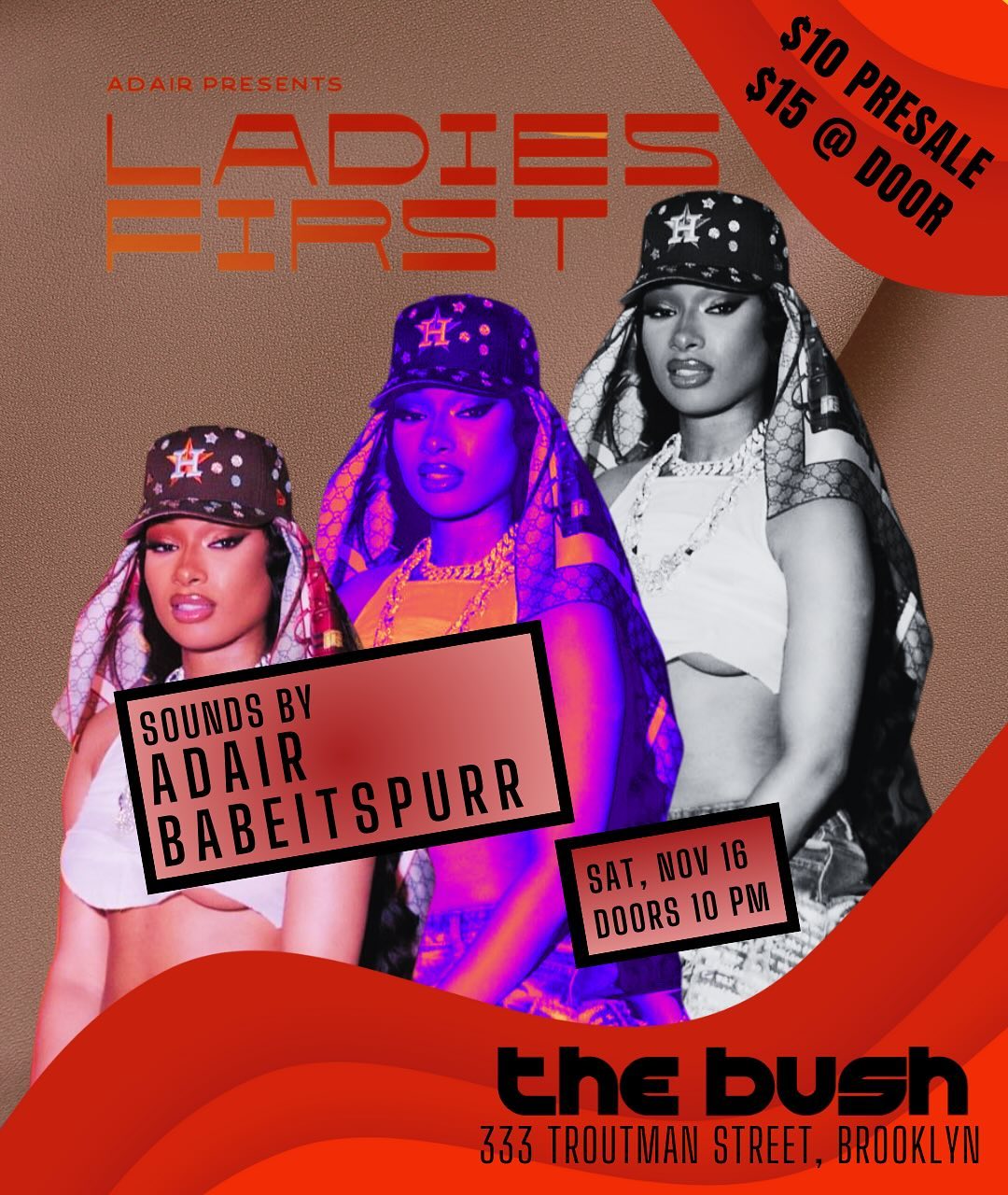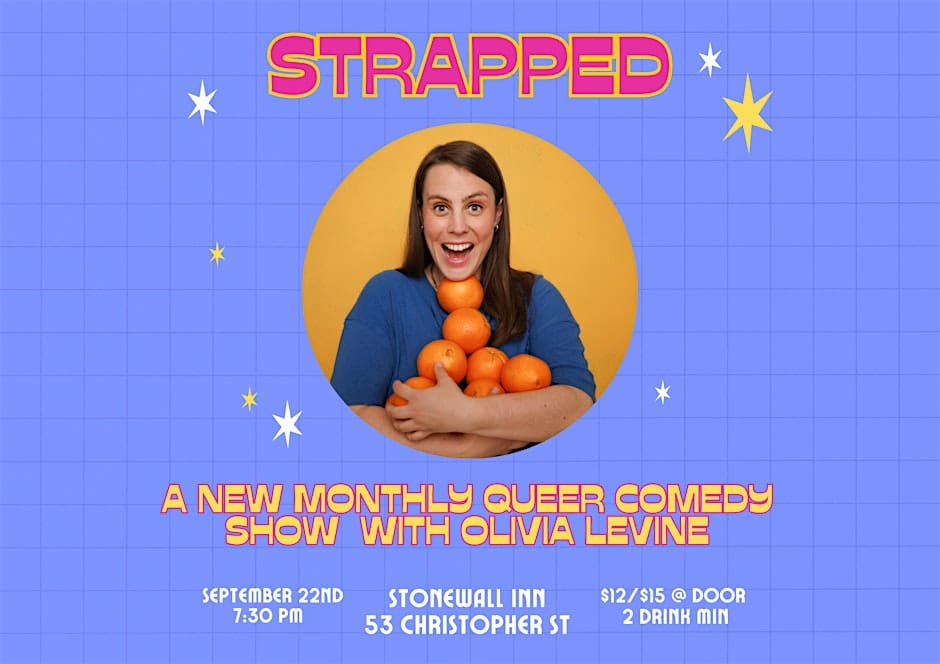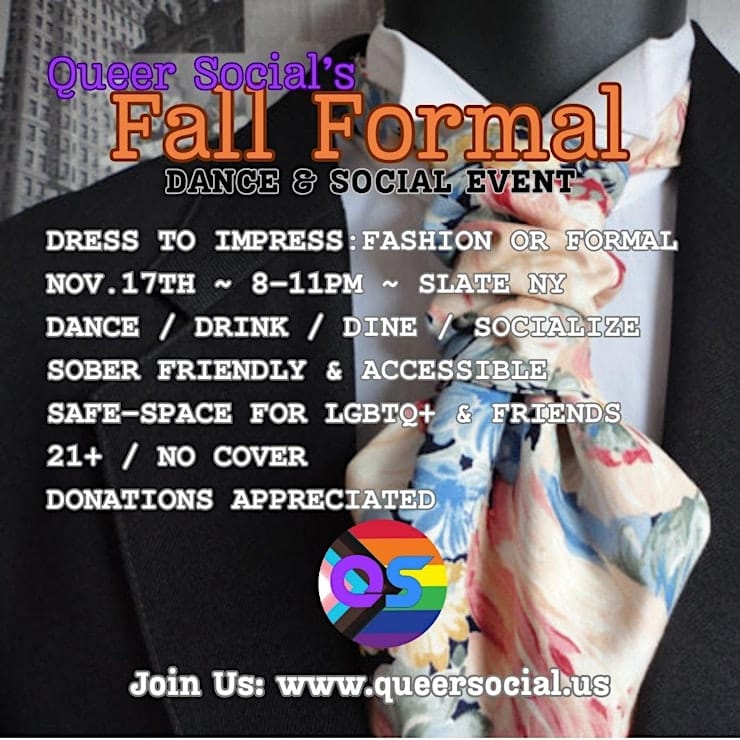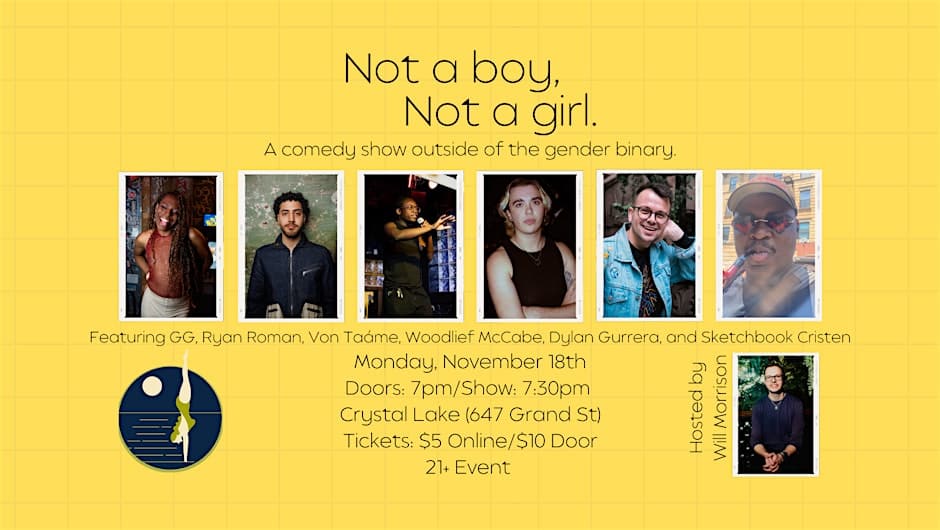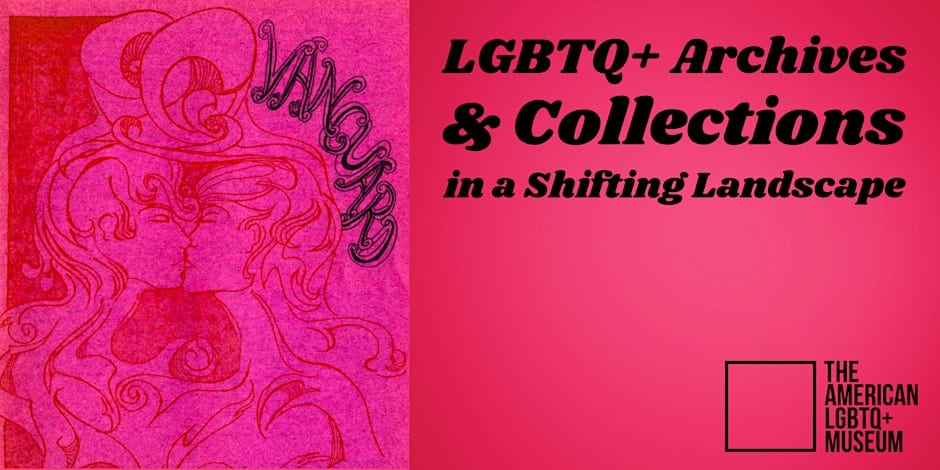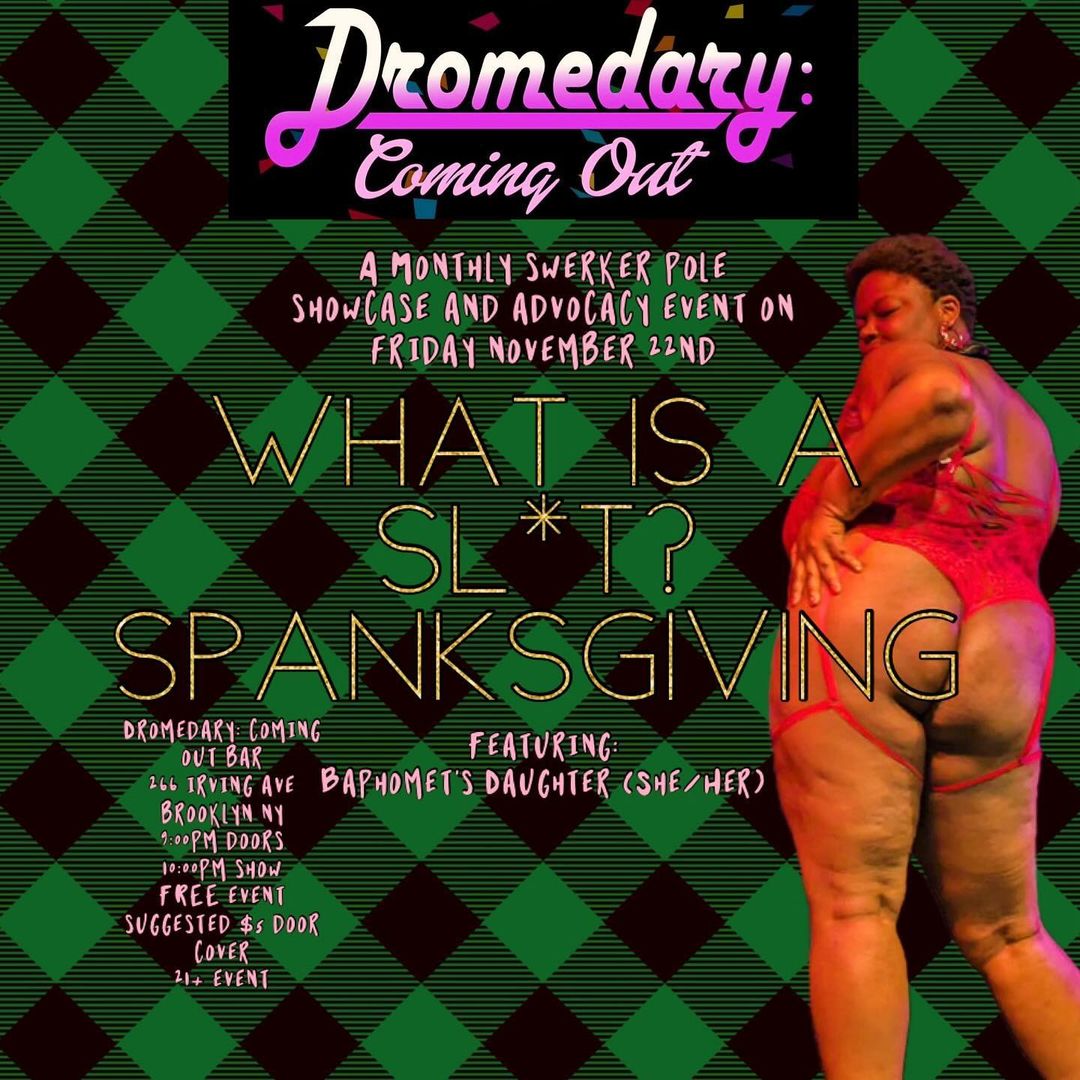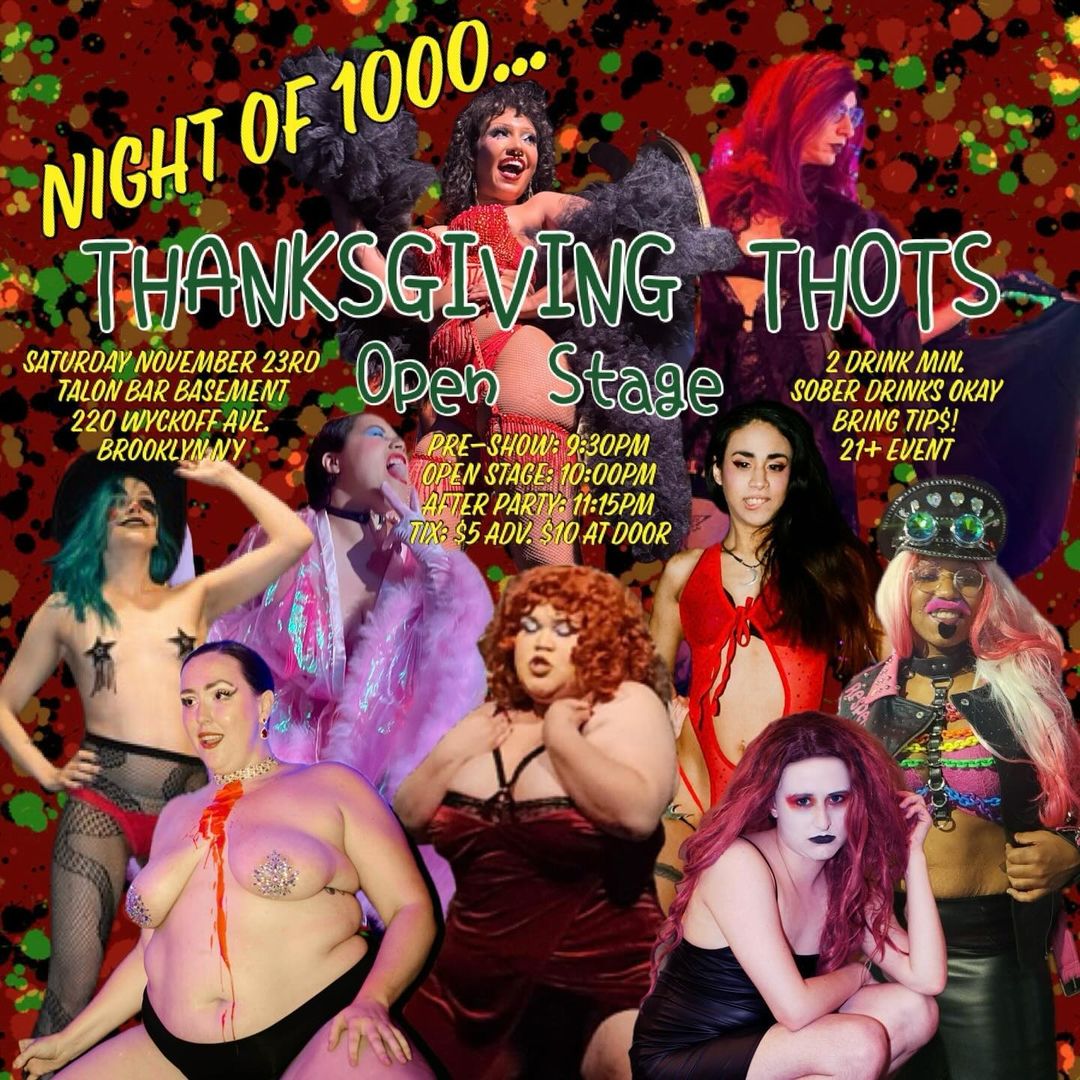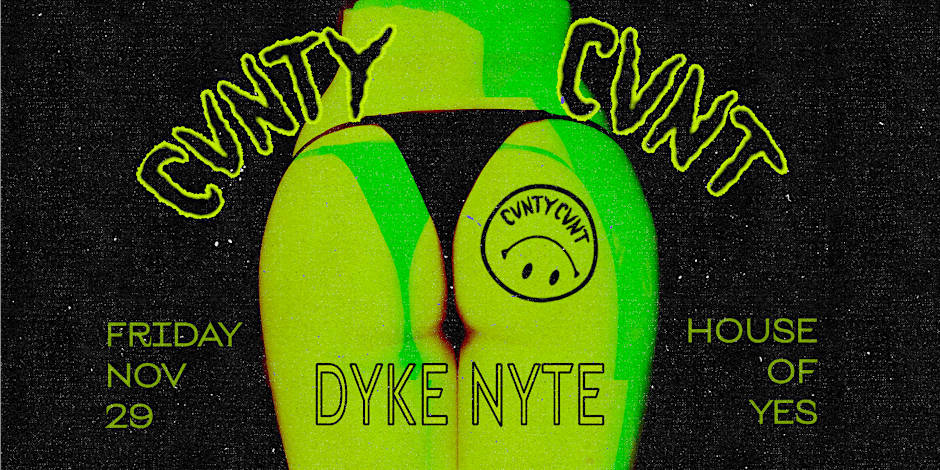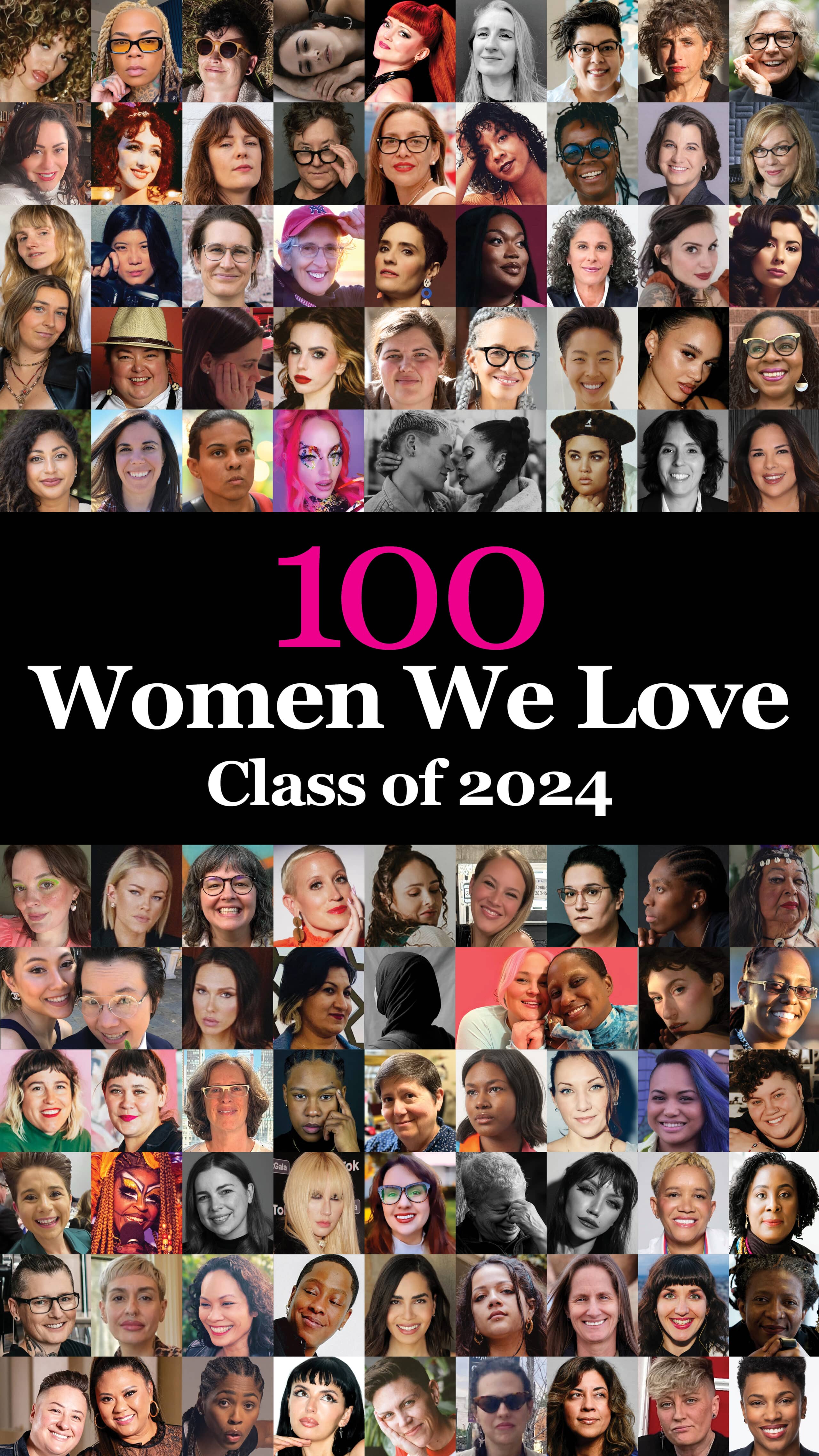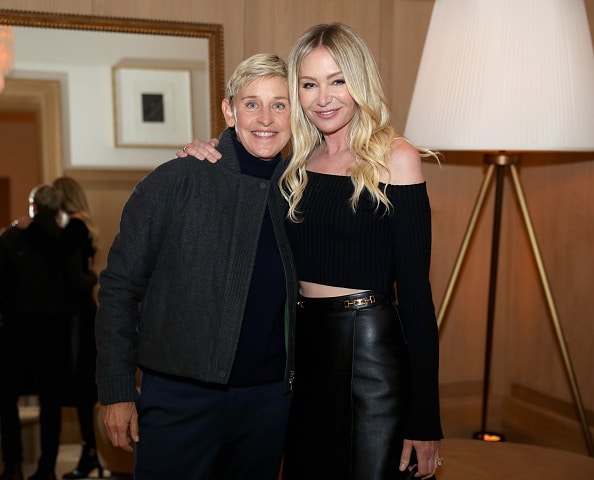The show features a cast of eight up-and-coming comedians with backgrounds ranging from Disney song and dance—cast member Erika Ash headlined as “Nala” in the national tour of The Lion King—to cult-ish online fame—you may not recognize Johnny McGovern as the star of gaypimp.com without his bling. Selected from thousands of applicants, these all-star eight came together with writer Scott King (best known for his three-year stint as the award-winning head writer for Fox’s Mad TV) to produce six episodes of hard-hitting LBGT humor, examining everything from Wal-Mart to the lesbian urge to merge.
The show is based on “a collaboration in the best sense of the word,” says writer Craig Chester. “It was a little orange room that used to be Dave Chappelle’s office. I brought hats, wigs. I just came in and played with them. That gave [the writers] a sense of what you could do and then the writers went to work,” says cast member Dion Flynn of the show’s largely character-based humor. Actors like Elaine Stritch and Naomi Campbell make appearances in the first season, along with “every shade of lesbian there is,” says cast member Julie Goldman, who replaces Jackie Hoffman this month in “Jewish American Princesses of Comedy” at the Actors Temple Theatre in New York.
Of course, this big gay show would have been possible without support from its big gay executive producer and daytime talk queen, Rosie O’Donnell, who was integral in the process of getting the show off the ground and making sure that it was filled with comedy of the highest caliber. “Rosie O’Donnell had a lot to do with the casting and creating what the show was going to be,” says castmember Nicol Paone, who got her start in improvisation with The Groundlings and The Upright Citizens Brigade in Los Angeles. “And then she just backed off and did her thing and let us do our thing. She just said have fun and that’s brave because her name is on it.” Paone says that having Rosie as a backer for the show was a big help to her creative process, crediting some of her motivation to be funny to the thought, “damn I don’t want to let Rosie O’Donnell down!”
The show’s out-and-proud attitude helps it navigate dangerous territory in a world of political correctness and LBGT stereotyping. The show’s internal perspective of the gay community helps it find the courage to explore quirky realities of homosexuality. The show unapologetically pokes fun at butch dykes and girly men alike, a decision that Chester insists was one of the founding principles of the show. Chester compares the impact of The Big Gay Sketch Show to that of In Living Color for the black community. “We could make fun of ourselves,” he says. “[We’re] not making this show pandering to straight people to try to explain to straight people who we are and why they should like us.” In a media culture saturated with “straight” gay men and women (Brokeback Mountain and Will and Grace for example), Chester stands behind his work that acknowledges the less P.C. intimacies of gay culture. “There are a lot of nelly queens who want to see themselves on TV. There’s a lot of little baby dykes out there that need to see images of themselves on TV,” he says, criticizing extreme political correctness as another form of homophobia. Goldman agrees that it is time to acknowledge and embrace our stereotypes. “Mullets exist,” she says. “Those are real. I think we can make fun of that,” likening the show to a “little jab” in the world of straight humor: “Don’t worry— we’ll make fun of that,” she says.
The show’s creative process called for its cast to get down with their gay selves. Even Paone, one of the show’s two straight-identified cast members—Erica Ash is the other— got in touch with her inner queer. Castmate Flynn agrees: “There is less distance between us and this show. We’re closer to the material because it just has so much to do with who we are as performers.” The show gets intimate with a segment called, “When I Knew” in which members of the cast recount their first experiences as friends of the rainbow. Goldman gives us a glimpse of her awesomely awkward prom night and Kate McKinnon reveals a former affinity for Agent Scully of The X Files. Paone and Ash follow in Oprah’s footsteps, boldly admitting their heterosexuality. “I’m white and I’m straight and I’m in the minority, which was fabulous,” Paone explains.
The humor hits queer stereotypes dead-on: lesbians break out the U-haul after 30 seconds of speed-dating; pocket gay friend throws a Desperate Housewives party in his West Hollywood condo; pastels and flannel abound. Goldman, who is openly gay in her career as a stand-up comic, applauds the show’s take-no-prisoners attitude, and hopes to delve even deeper in seasons to come. “As we go further and as we go on, it’s going to get better and better, and edgier and edgier. It just needs a chance,” she says.
The show rides a very careful balance between politics and comedy, taking time to revel in the progress LBGT activists have made in creating the space for a comedy show of this kind. “Any time you do anything is gay it’s instantly politicized and sometimes that can get in he way of comedy,” says Chester, explaining their mantra, “funny first, gay second.” The show’s silly and smart comedy gives it plenty of staying power. “It isn’t just gay good; it’s real-world good,” Chester adds.
Still, there is a general consensus among cast and crew that The Big Gay Sketch Show is more than just comedy; it is a piece of history. “I don’t think the words ‘gay’ and ‘sketch’ have ever been used together in the title of a show before,” says Chester. “When you get people laughing, then they’re not arguing or judging. I think that’s the first step in getting people to just take a look at what they need to take a look at in terms of the gay issue,” says Paone, who is proud to see her Italian father sporting her Big Gay Sketch Show jacket with his conservative friends in anticipation of the premier episode.
The Big Gay Sketch Show prides itself in having its big homo heart on its sleeve. “I think there was a sense that we were doing something special. There was lightness about it,” says Paone. Flynn agrees: “There’s something different about it that I hope not only gets preserved but gets cultivated. There’s a pure heartedness in this that’s apparent to me.”
The future of The Big Gay Sketch Show appears bright, and everyone is hoping for a season two. “We have so much more material in us, all of us, the writers, the actors, the directors, than we really had the space to show,” says Flynn. The show combines heart and hearty laughs to reach gay and straight audiences alike, working with a language perhaps even more universal than a melody, more universal than sex: comic relief.




